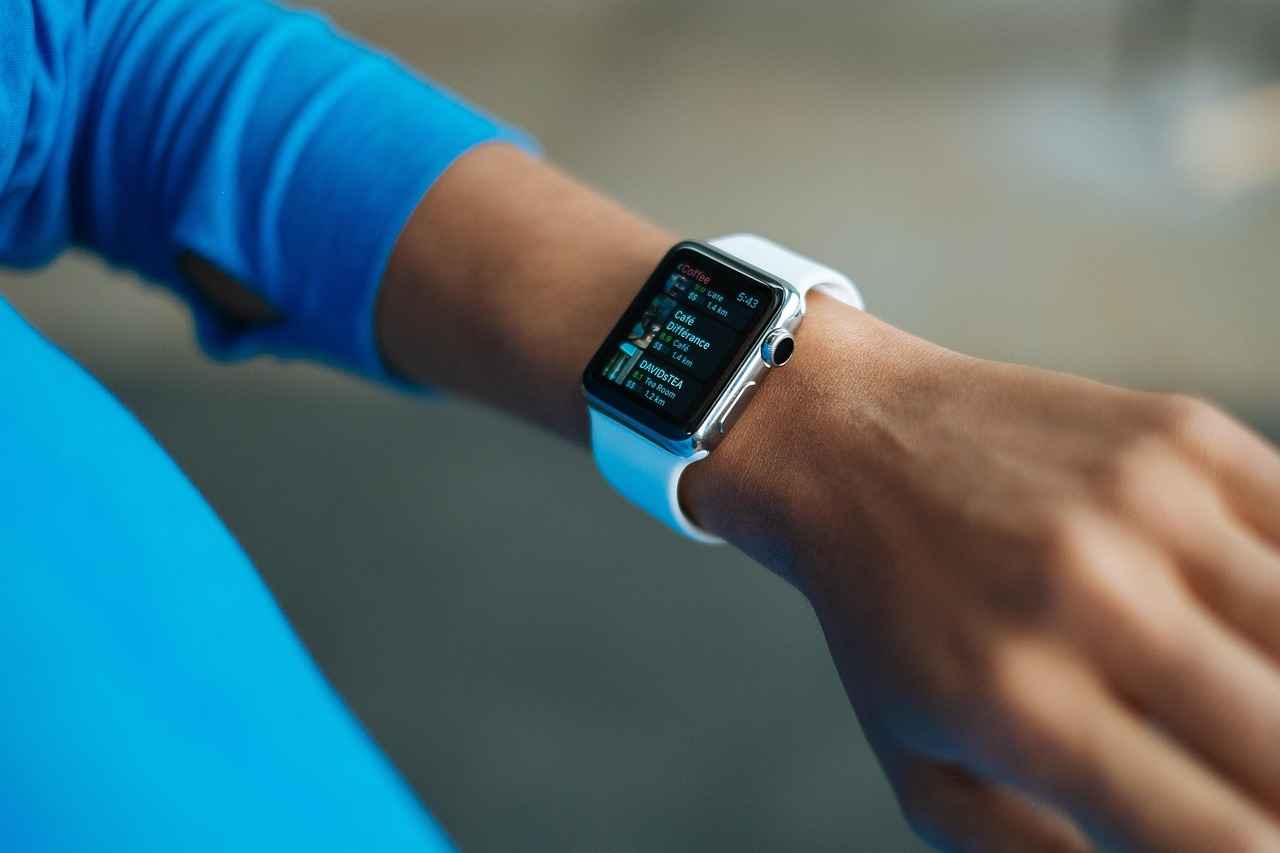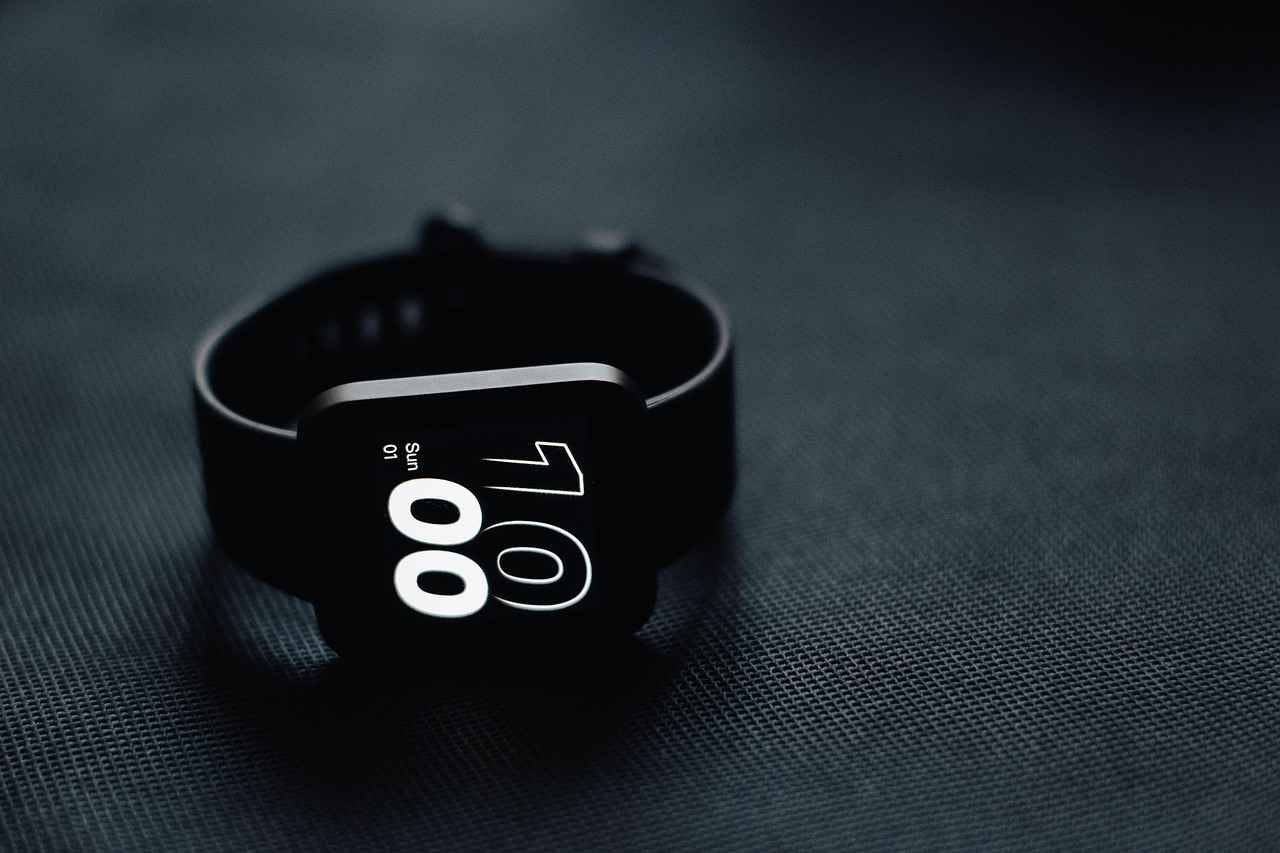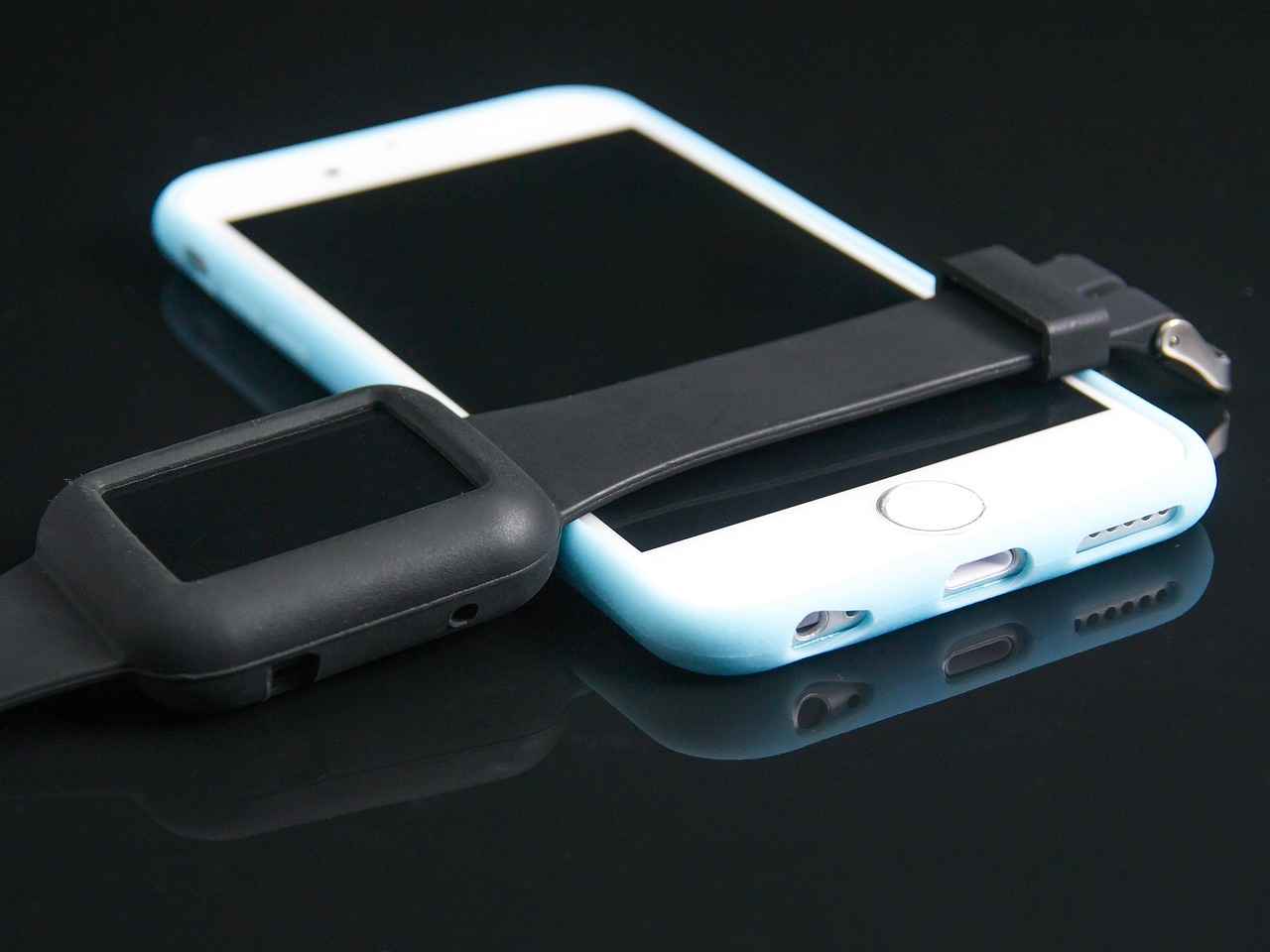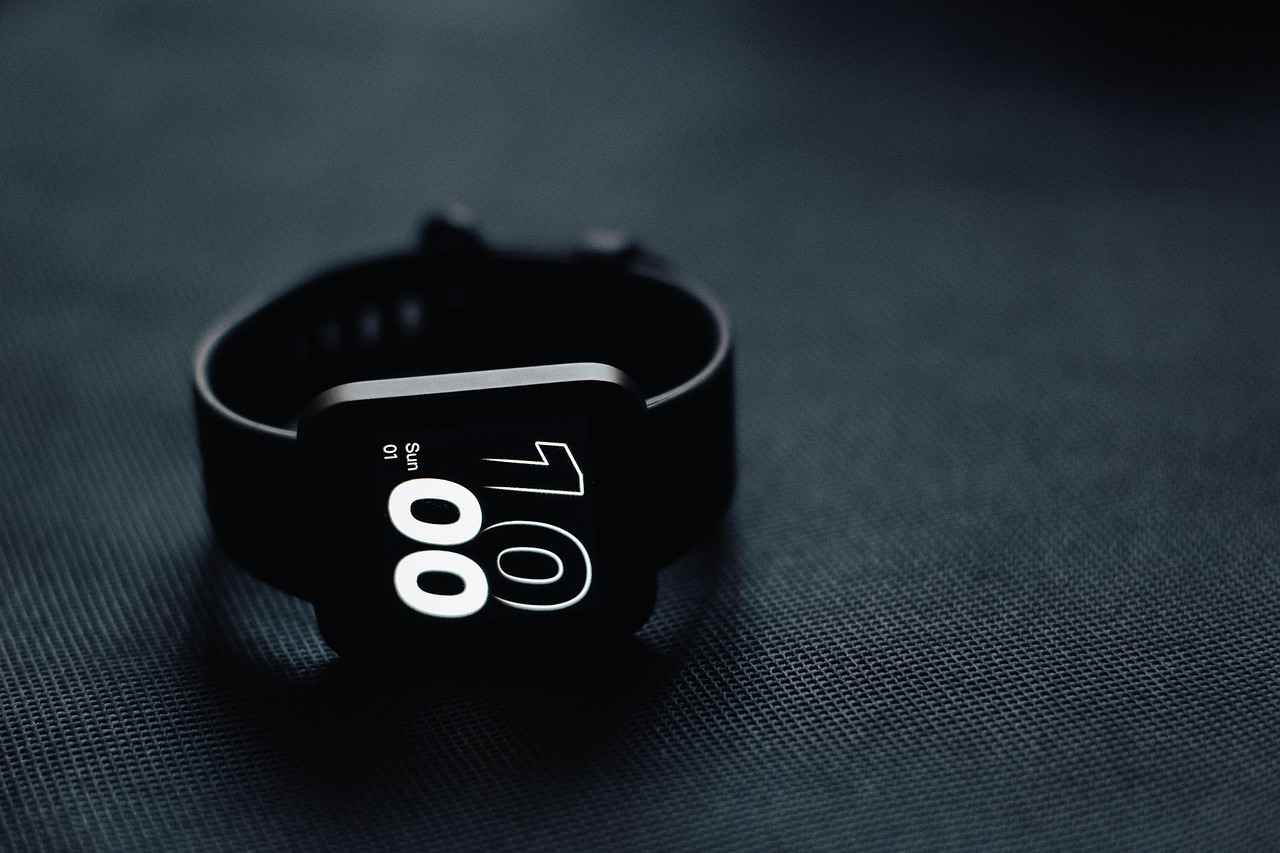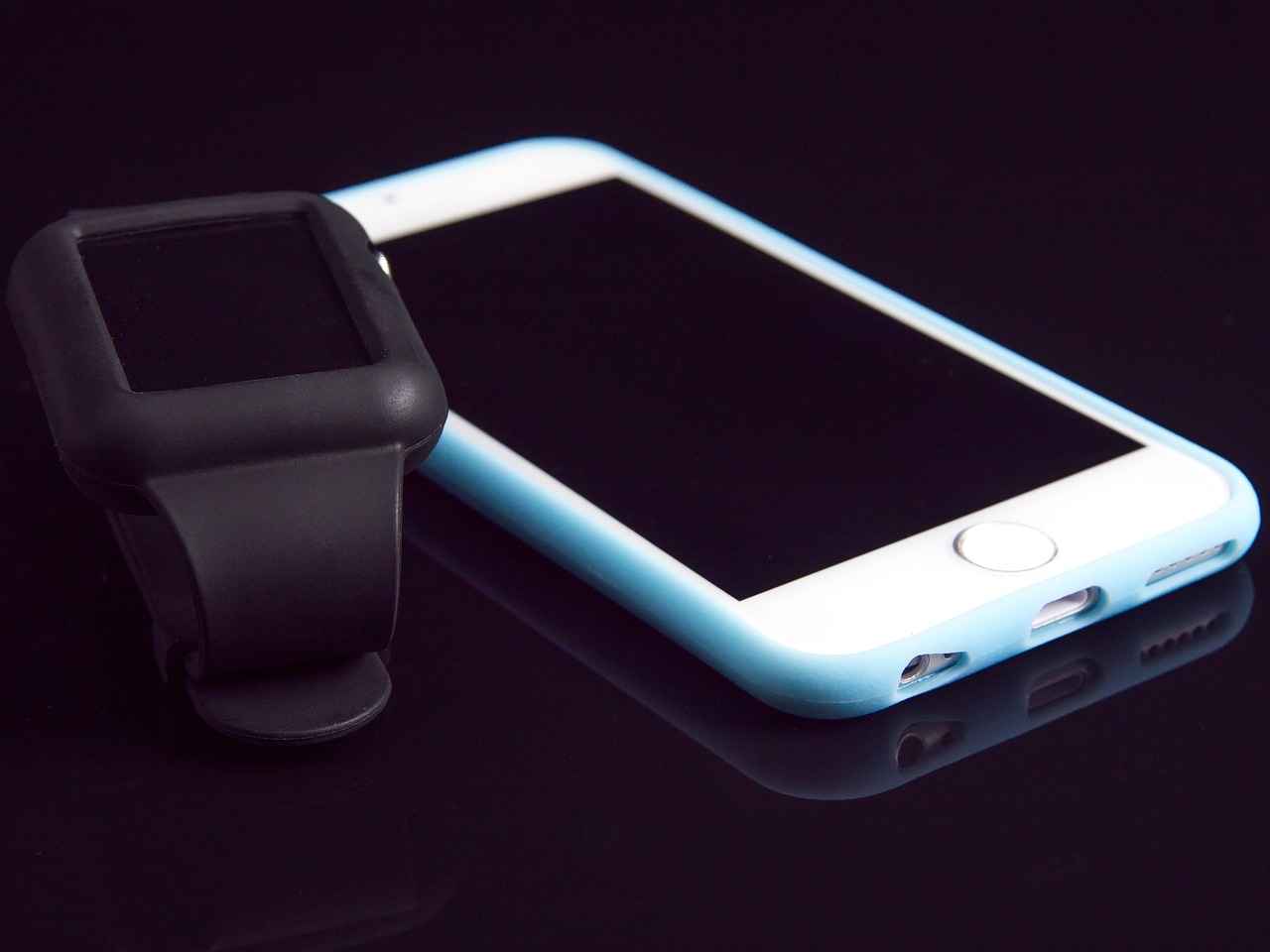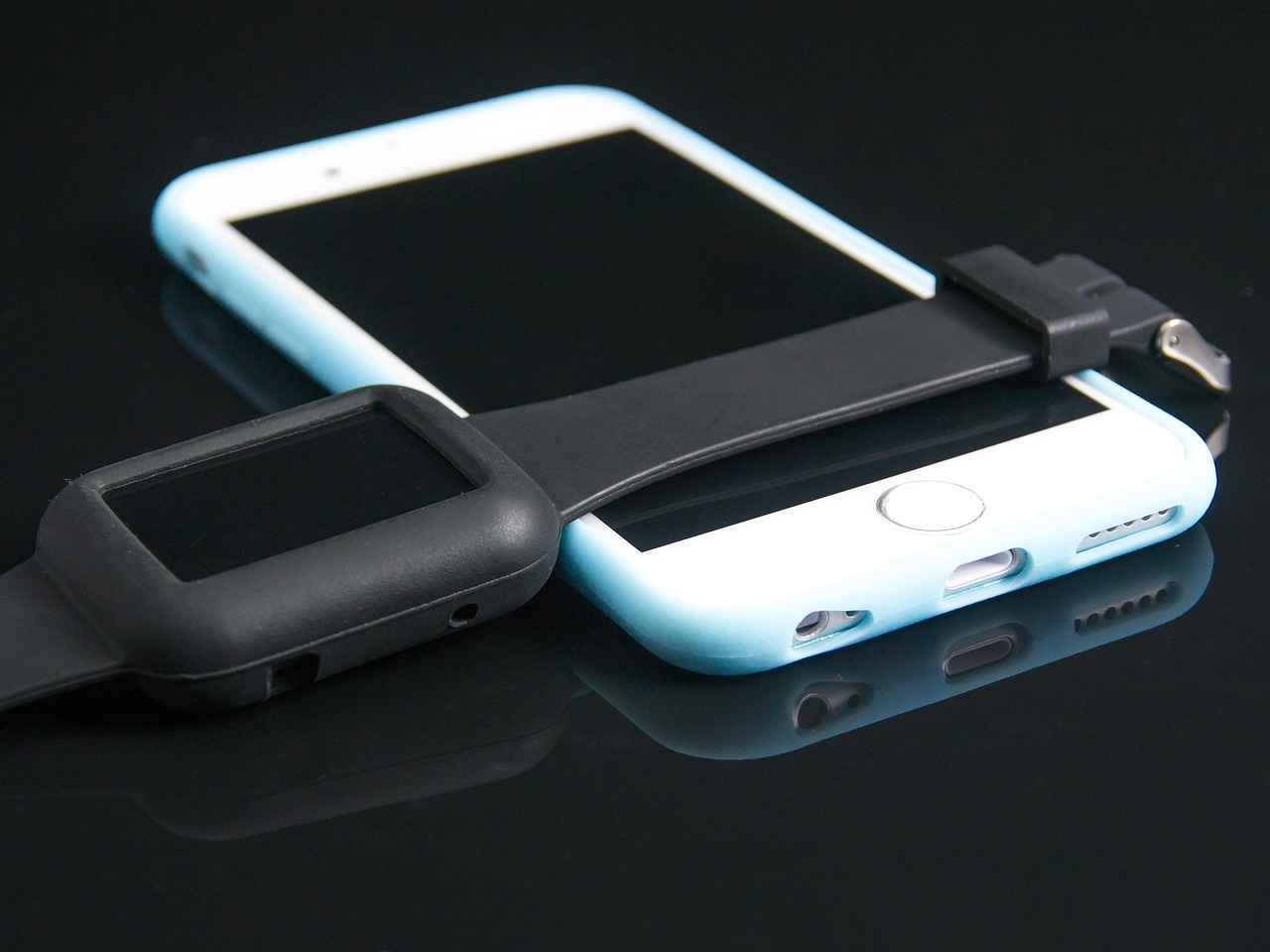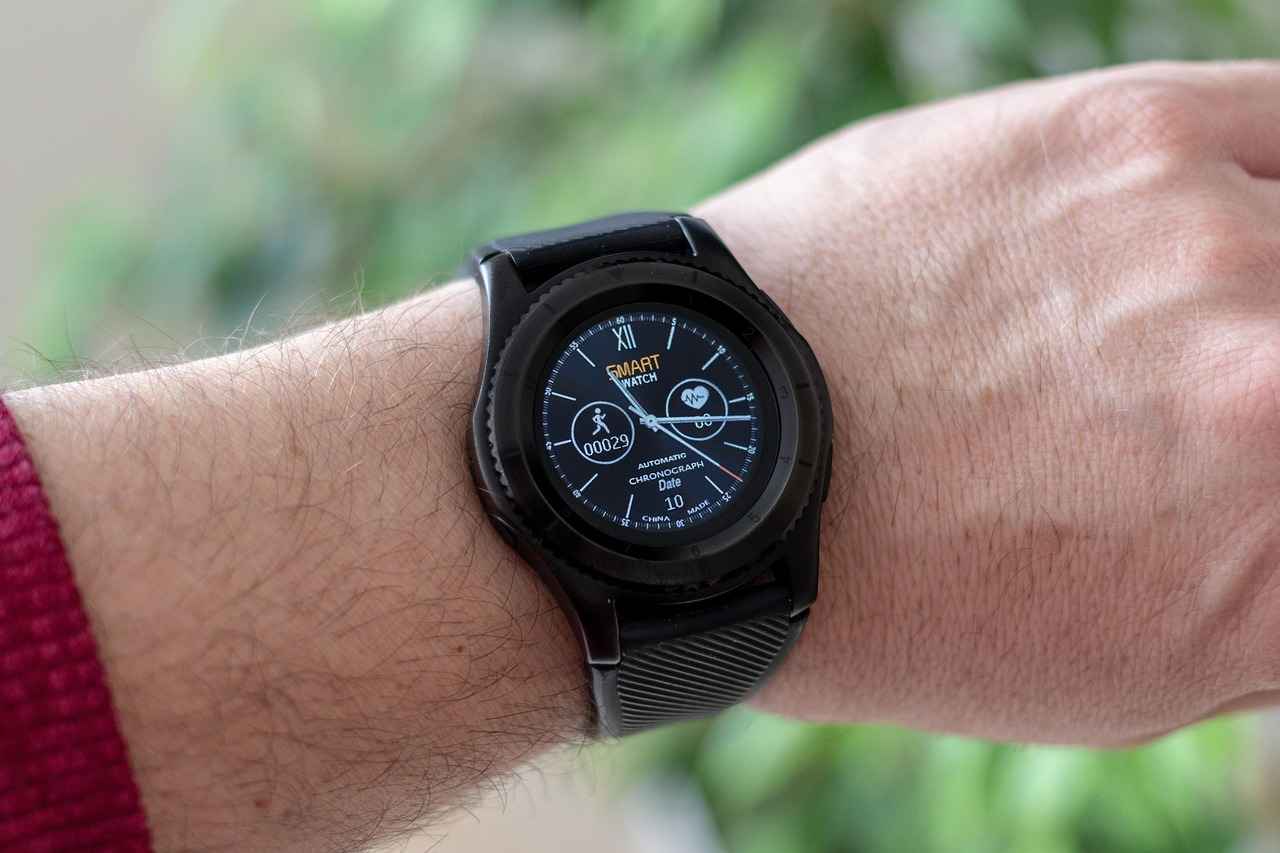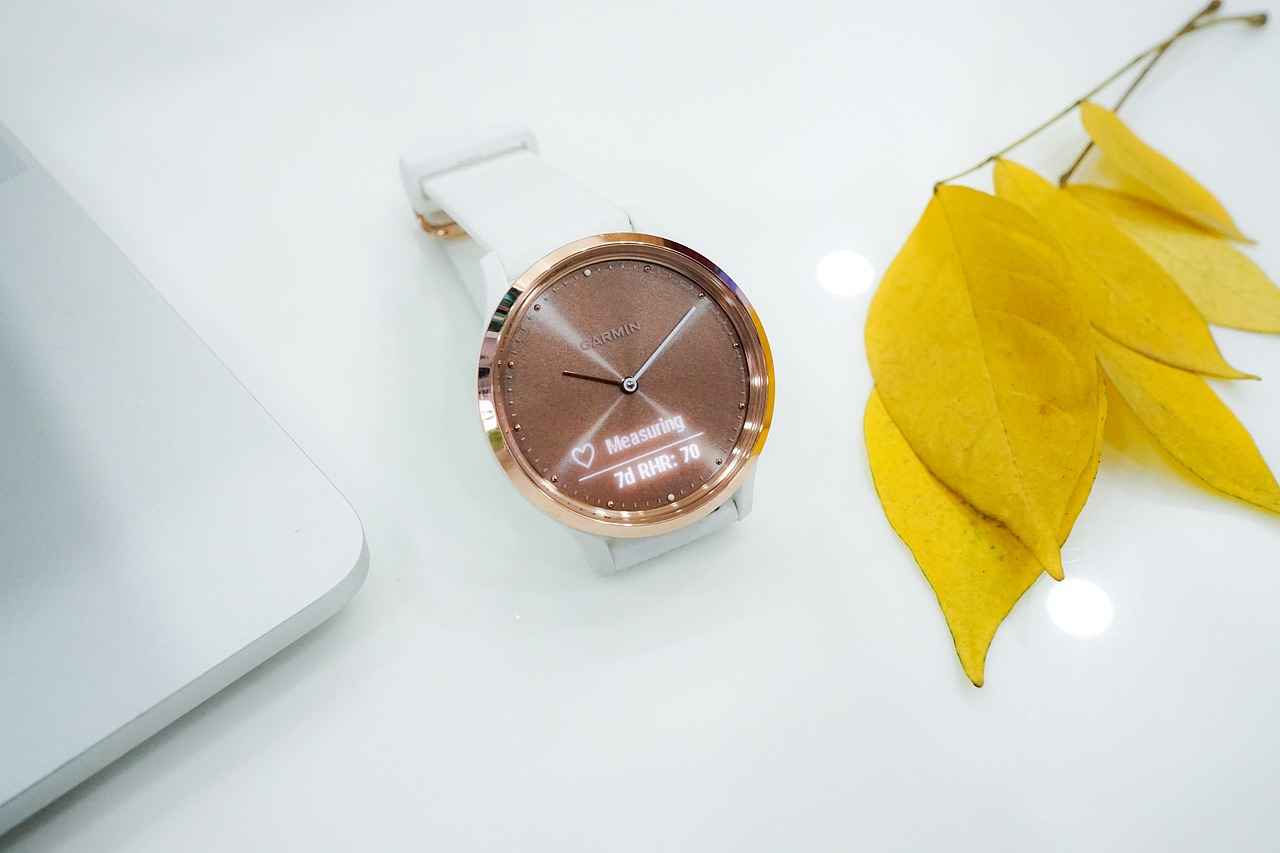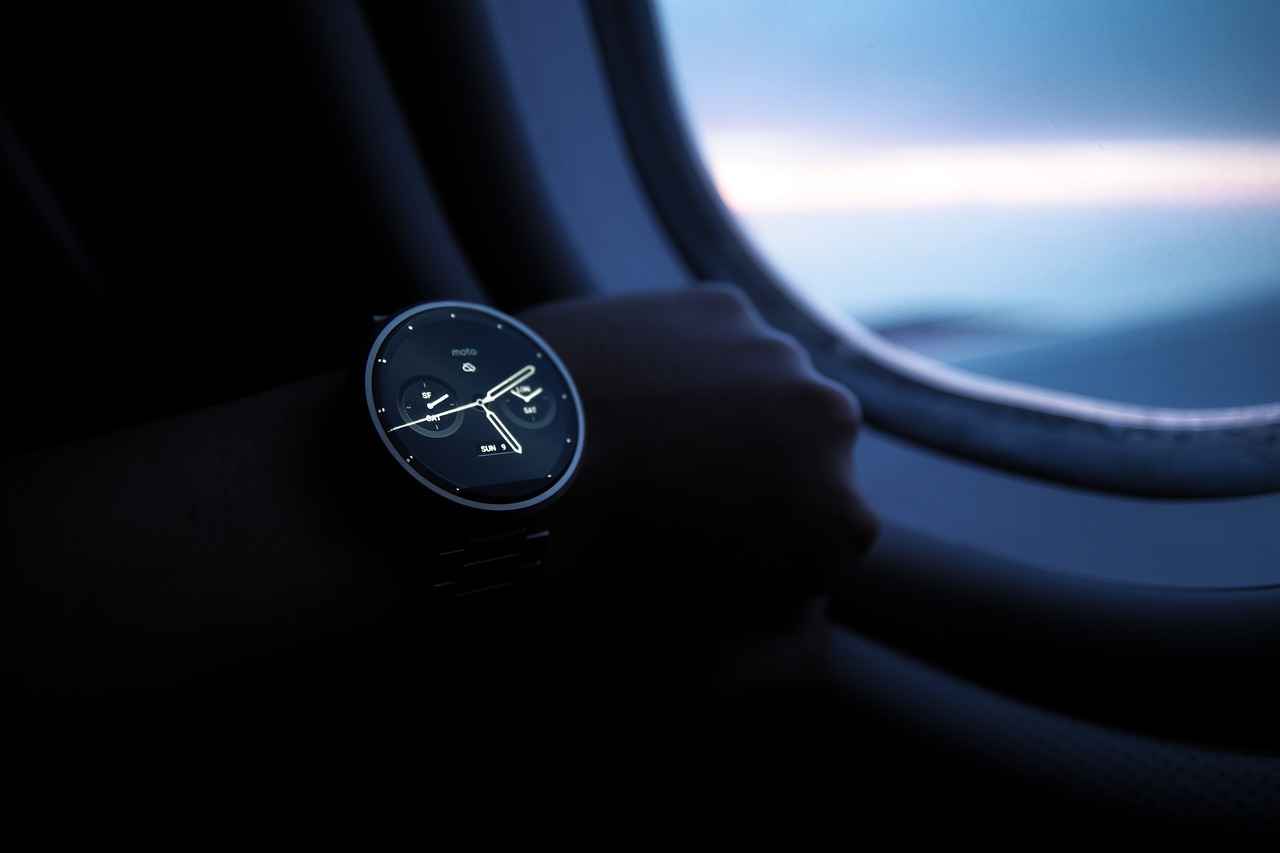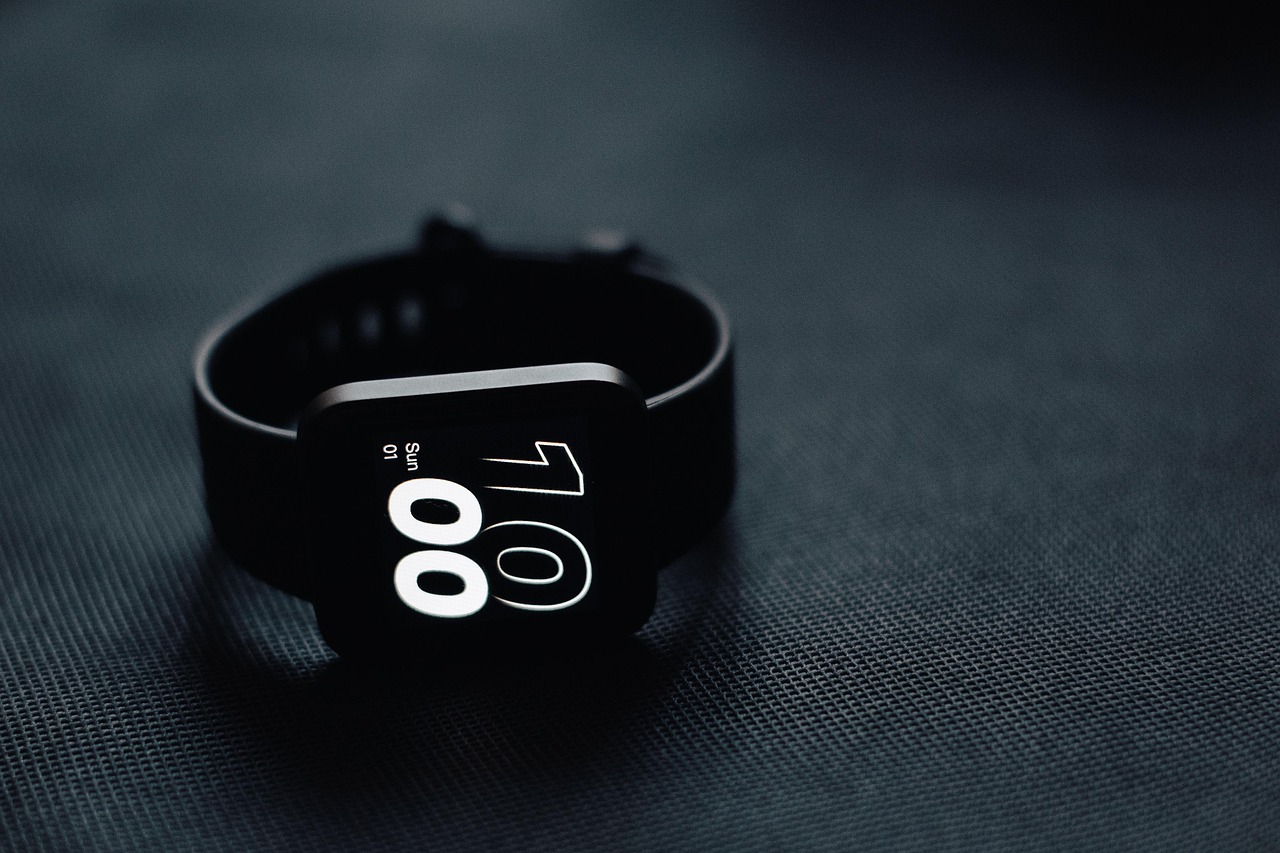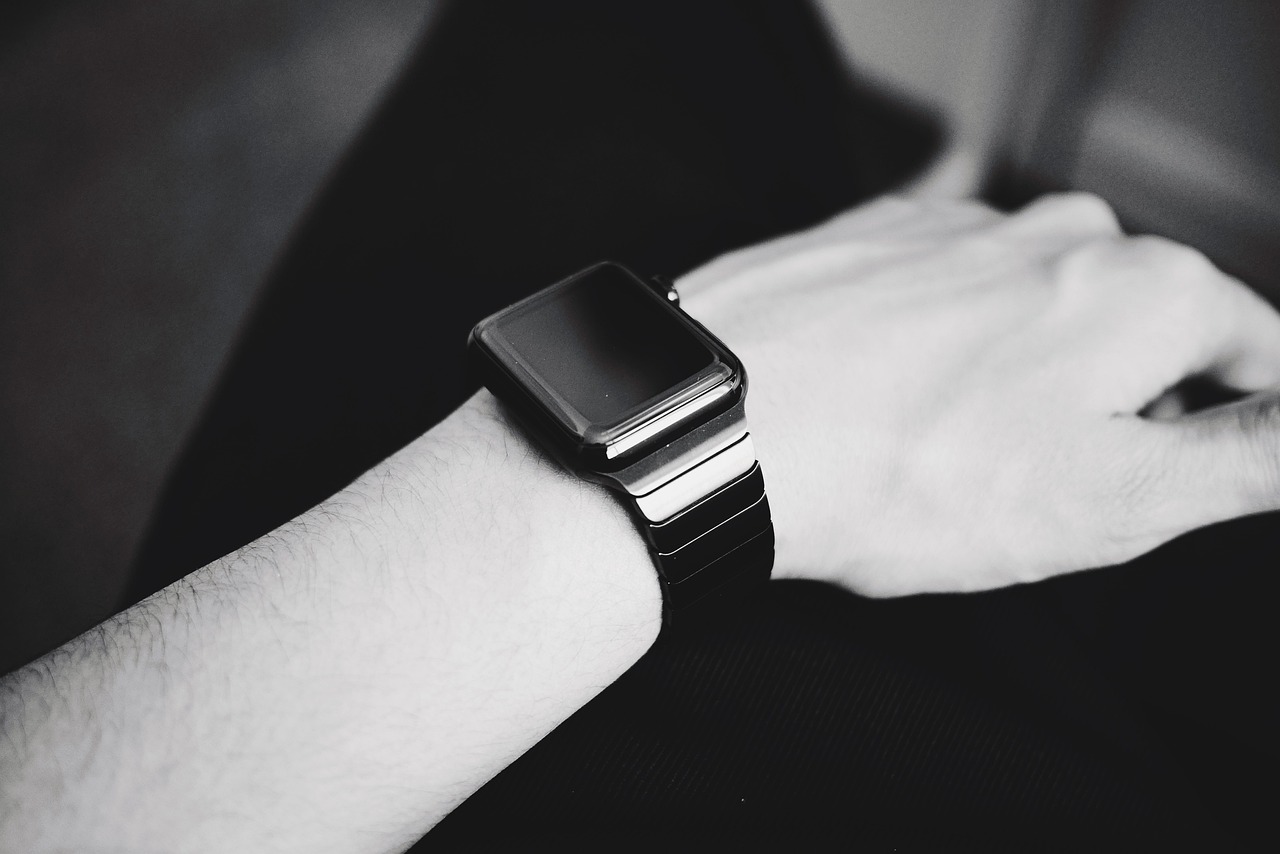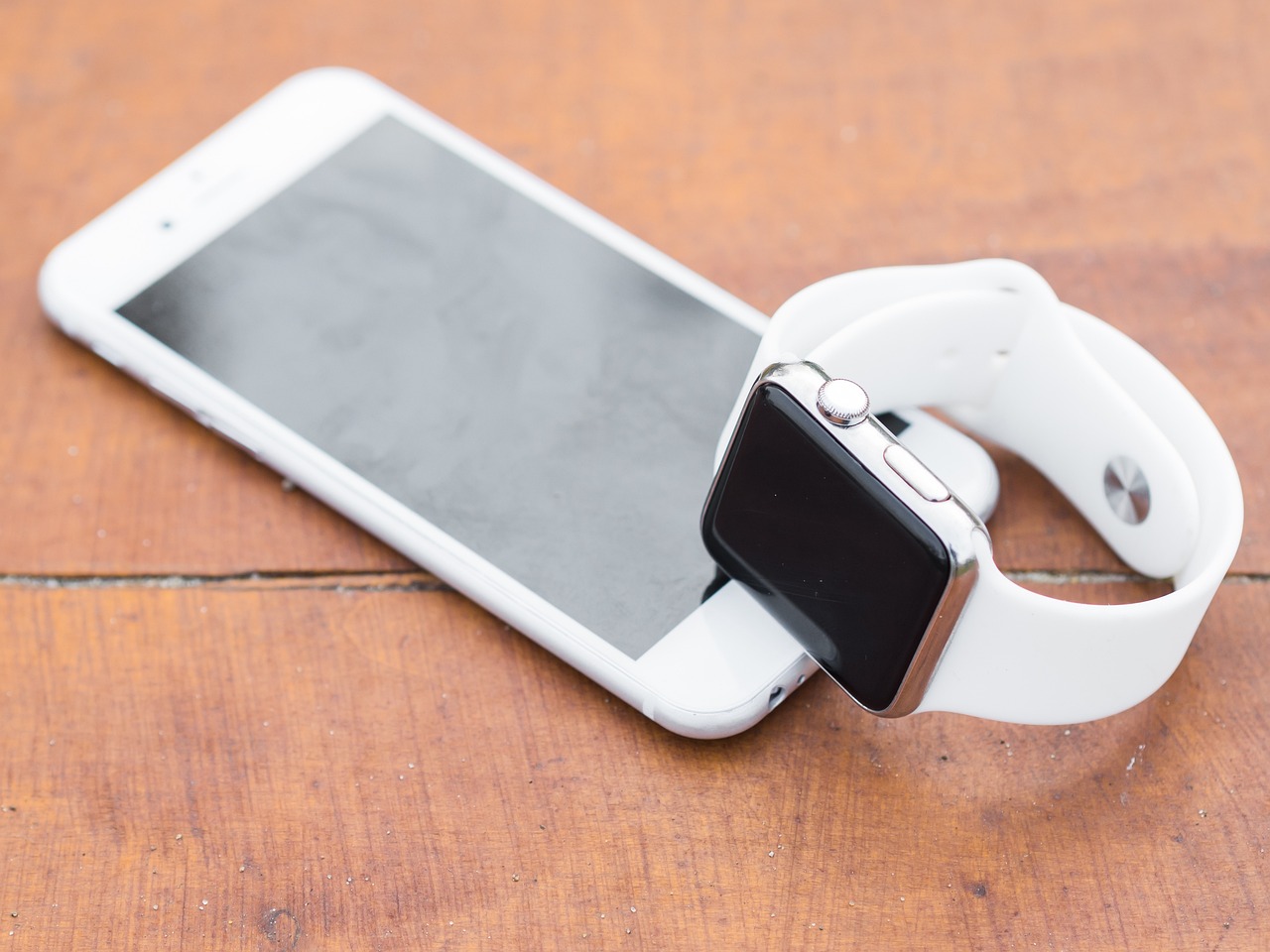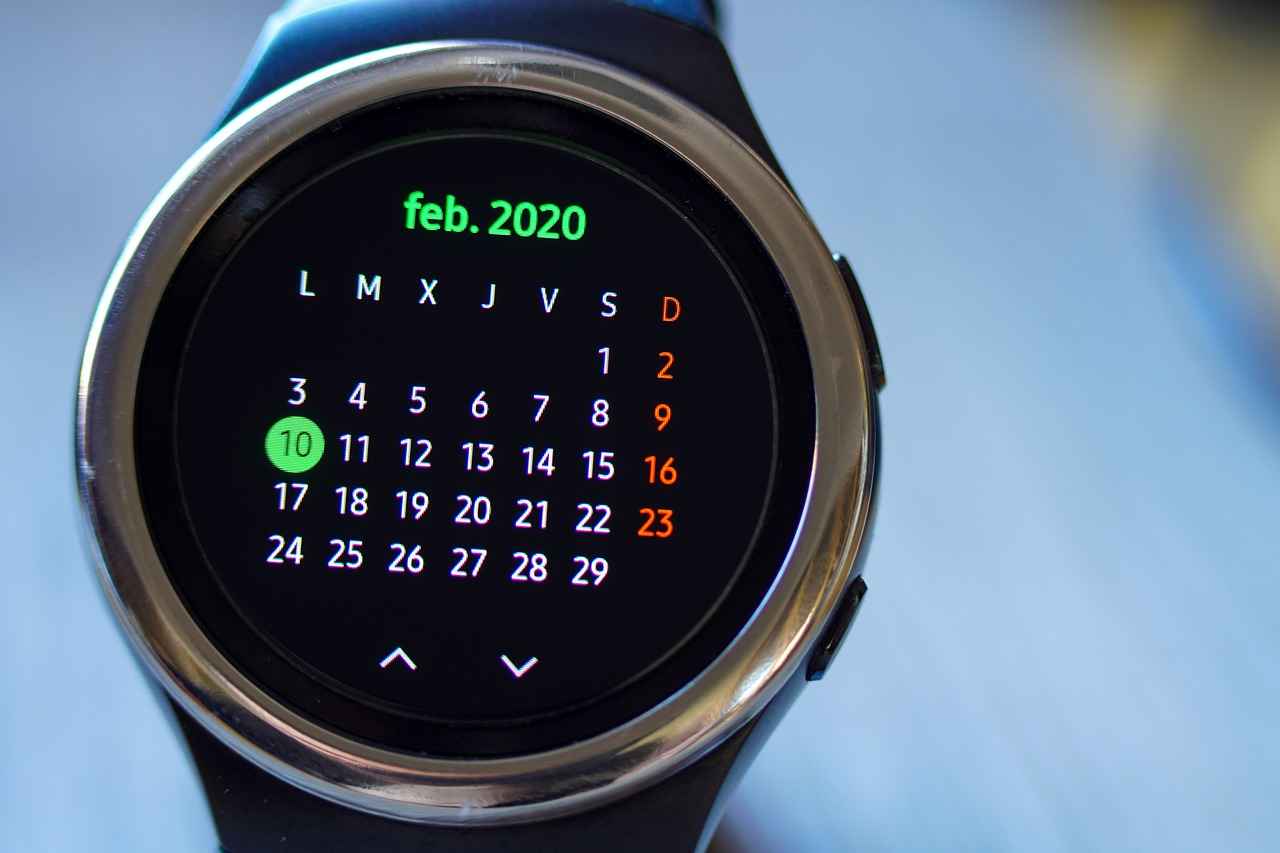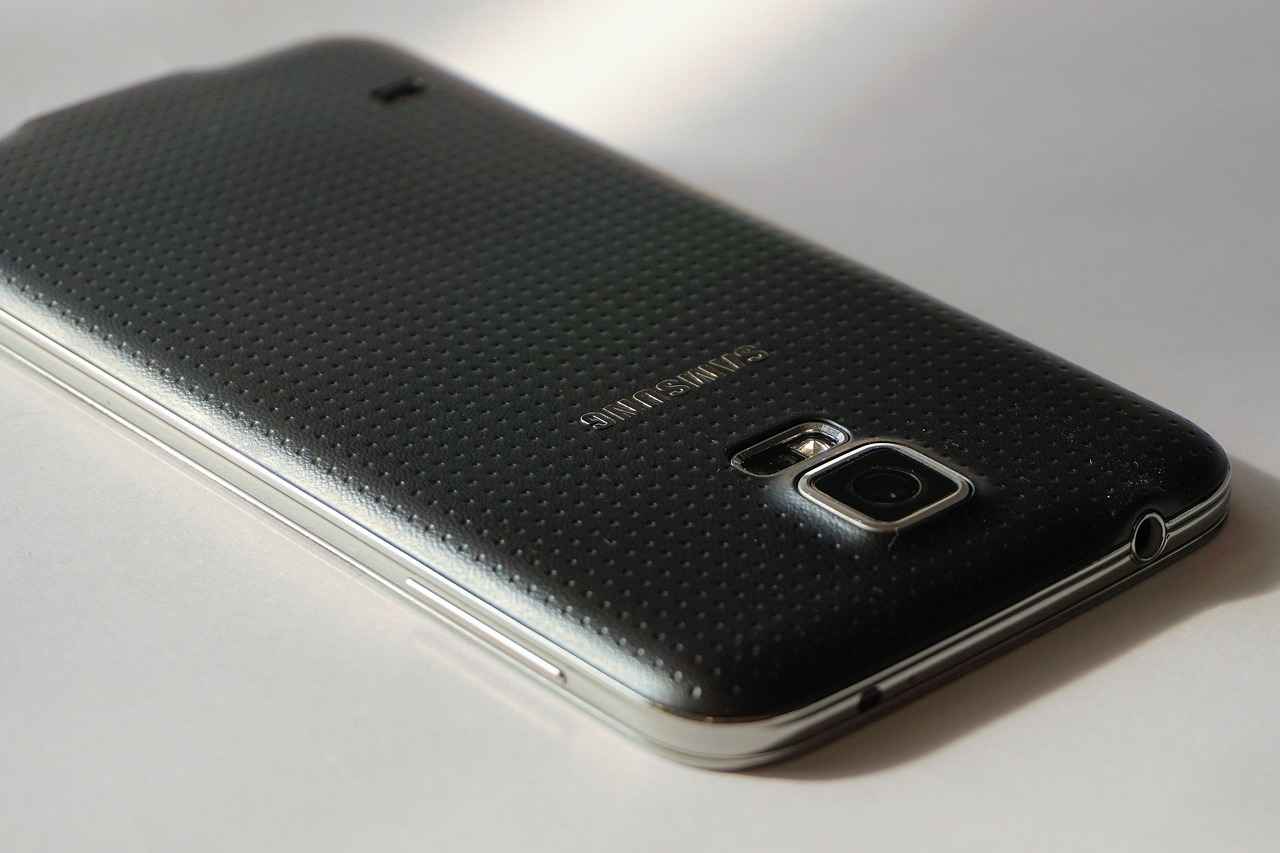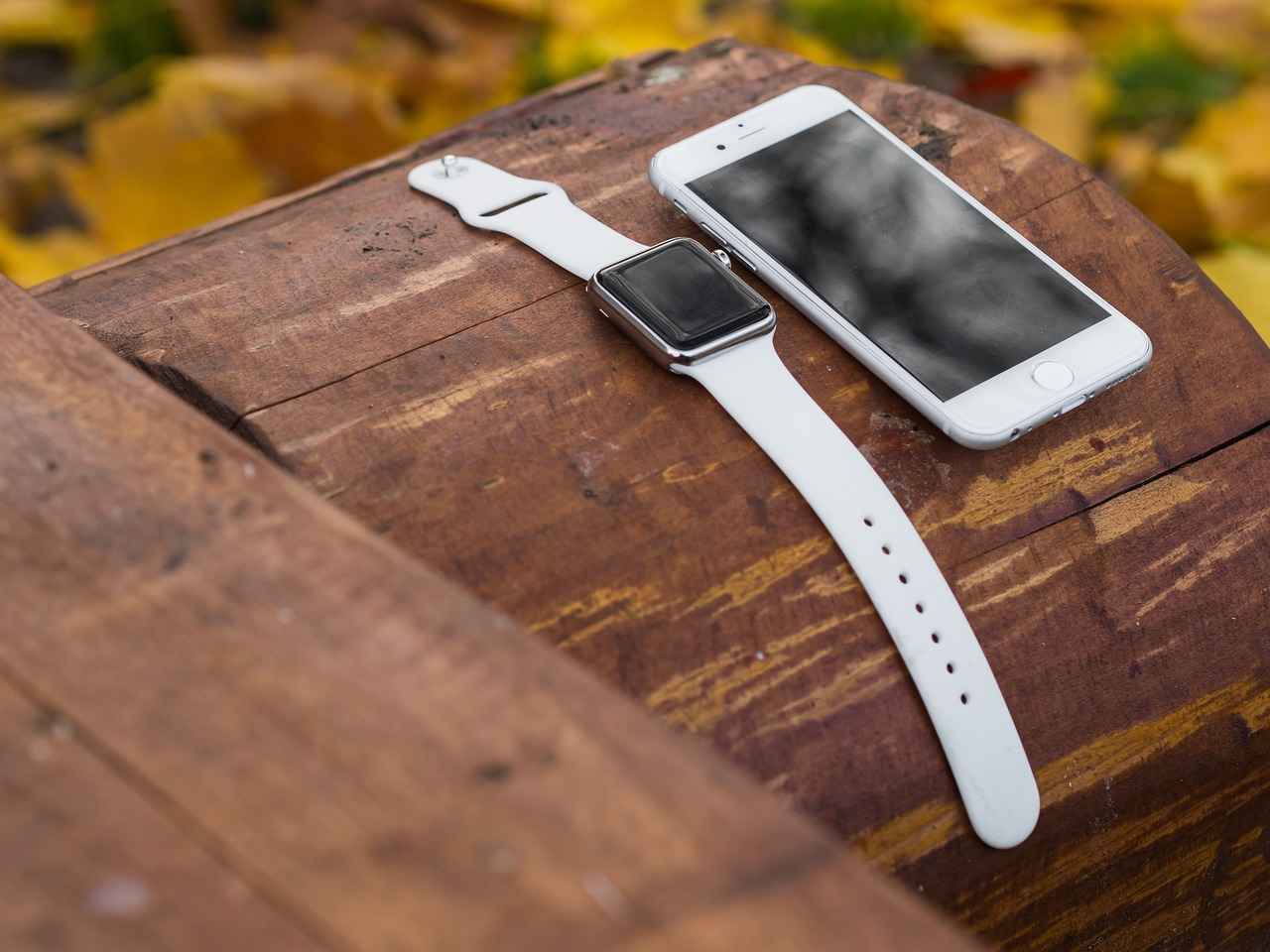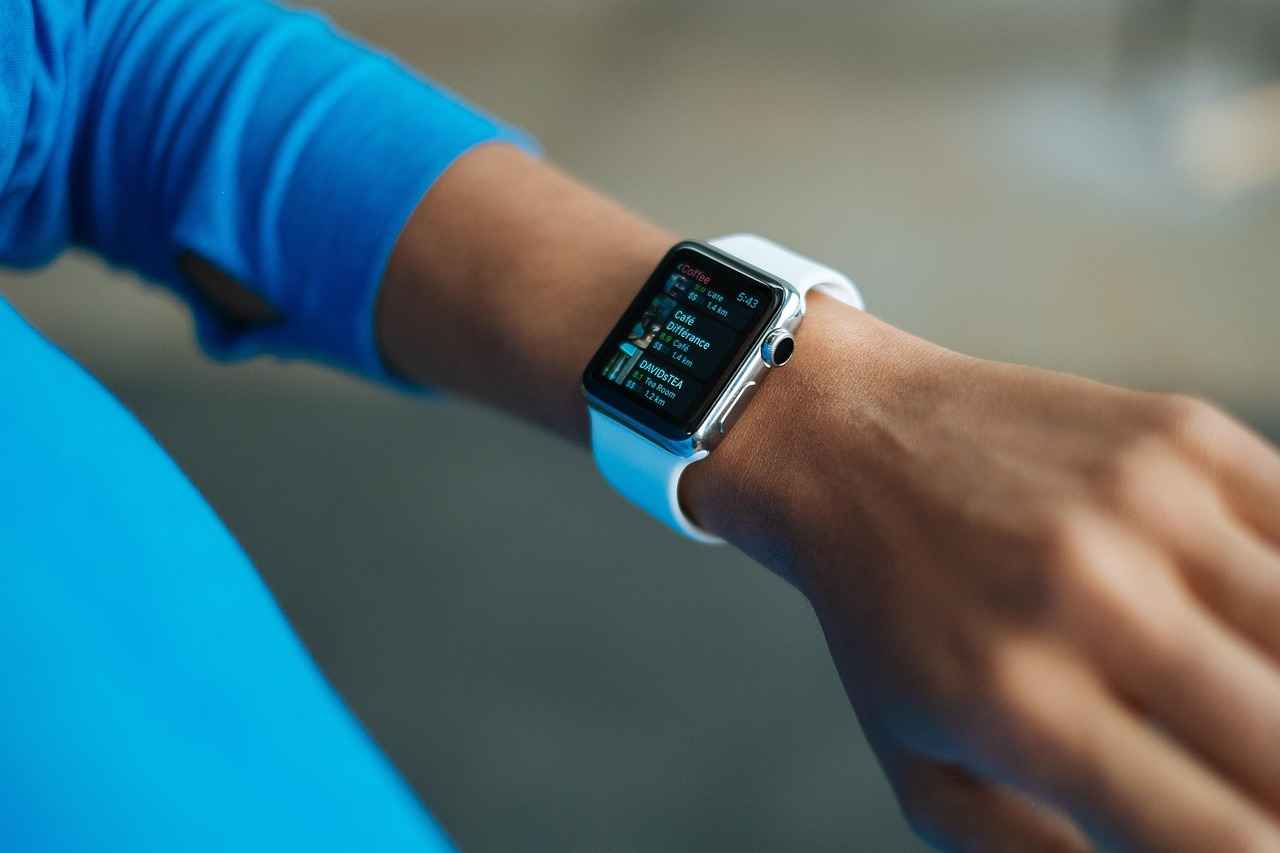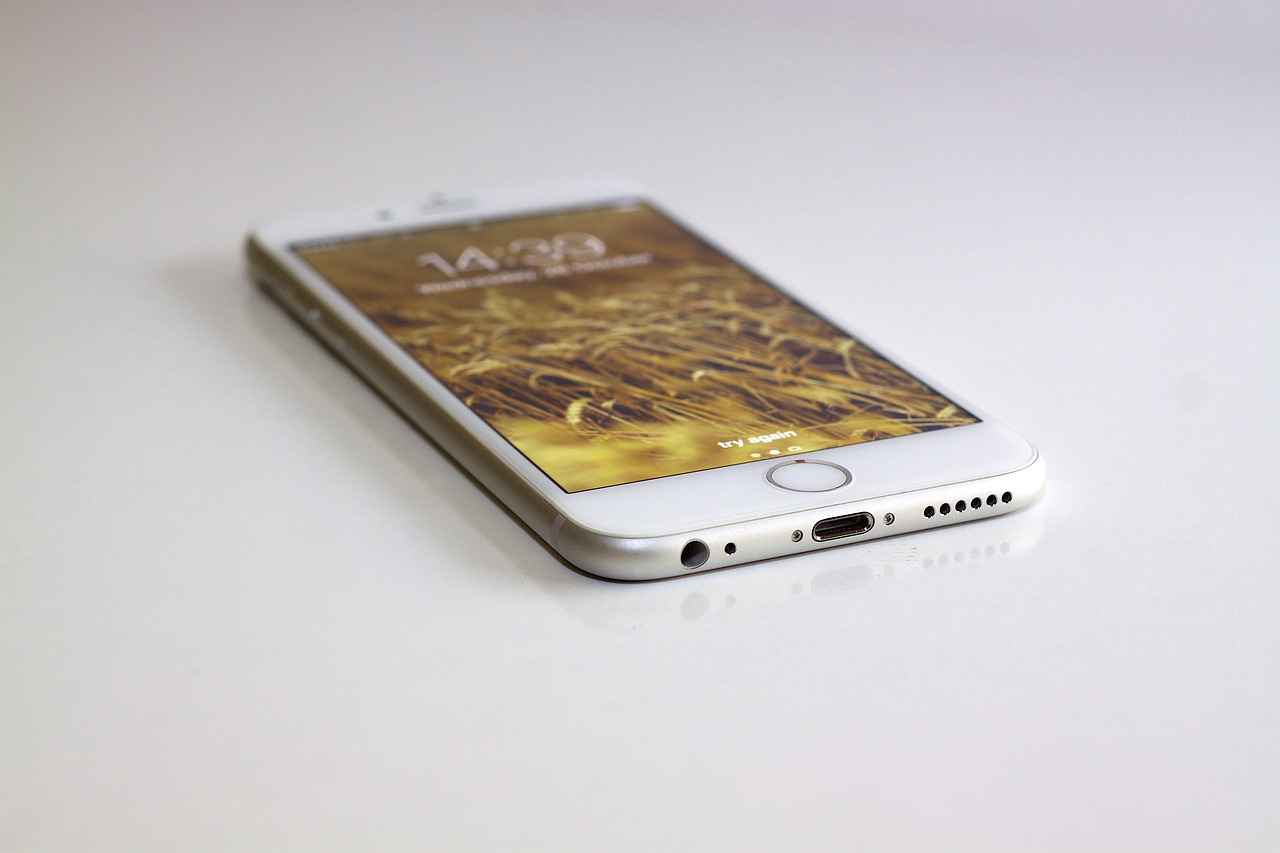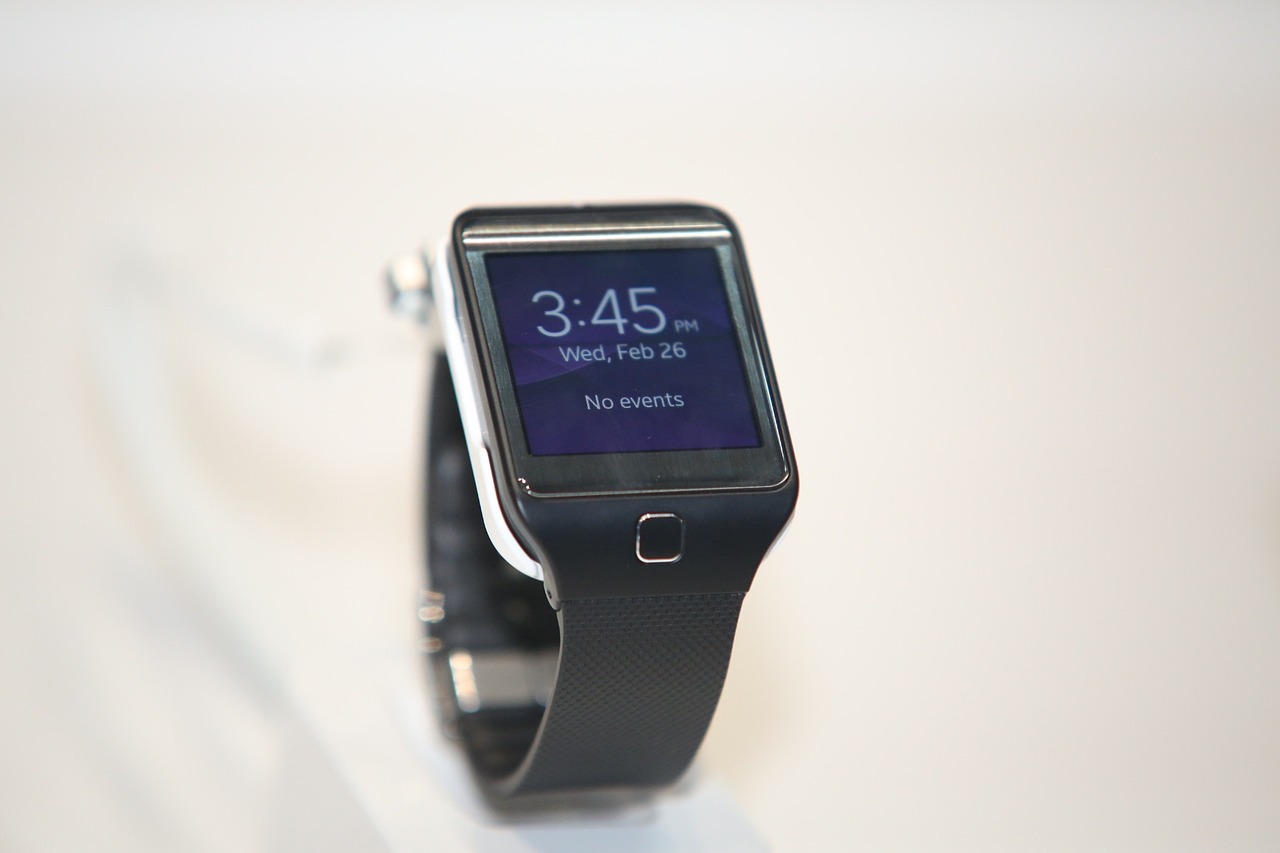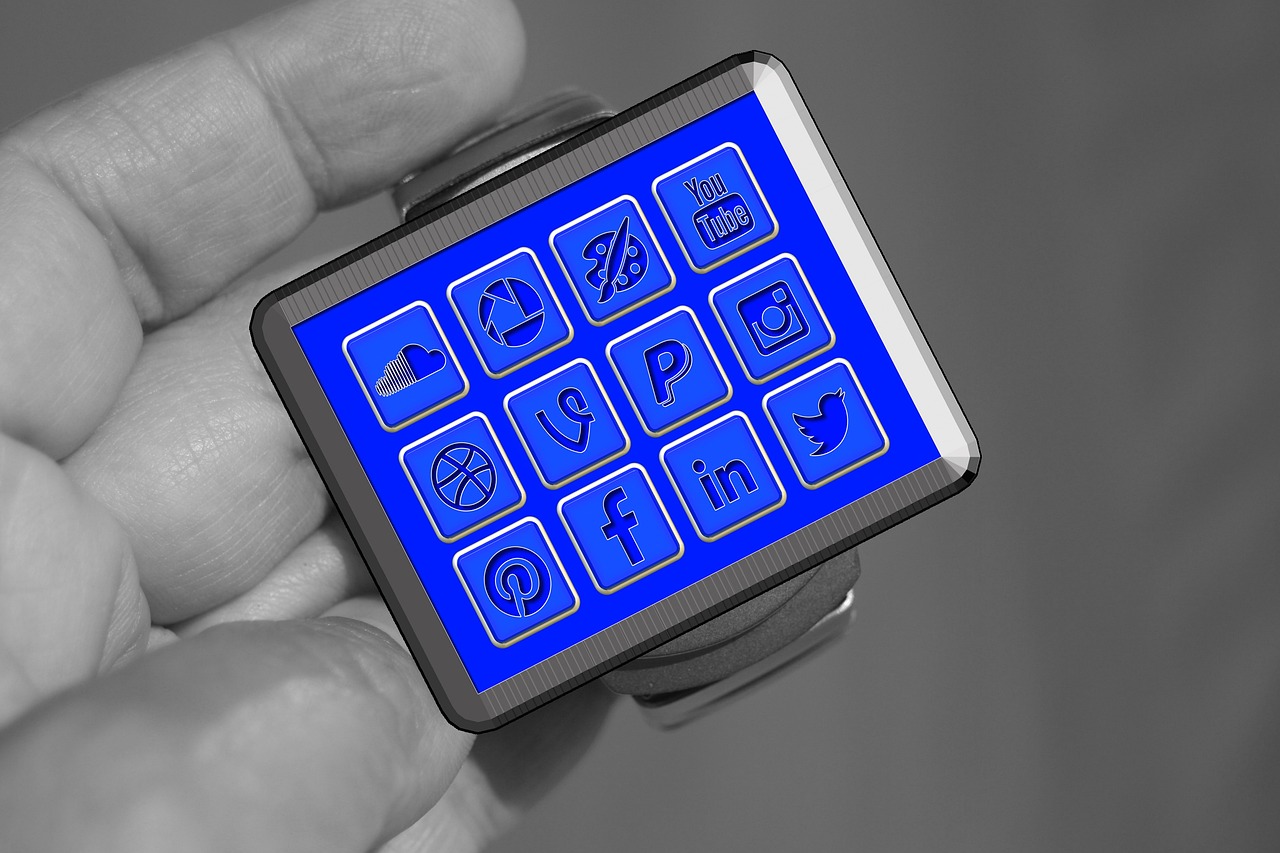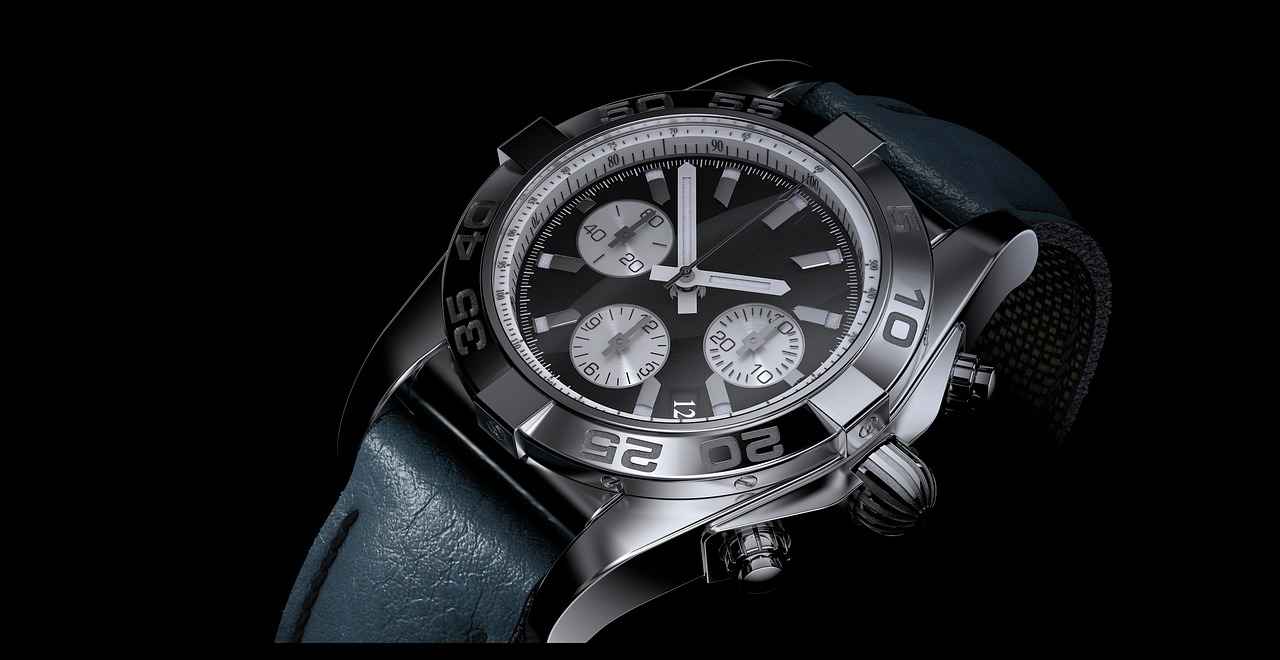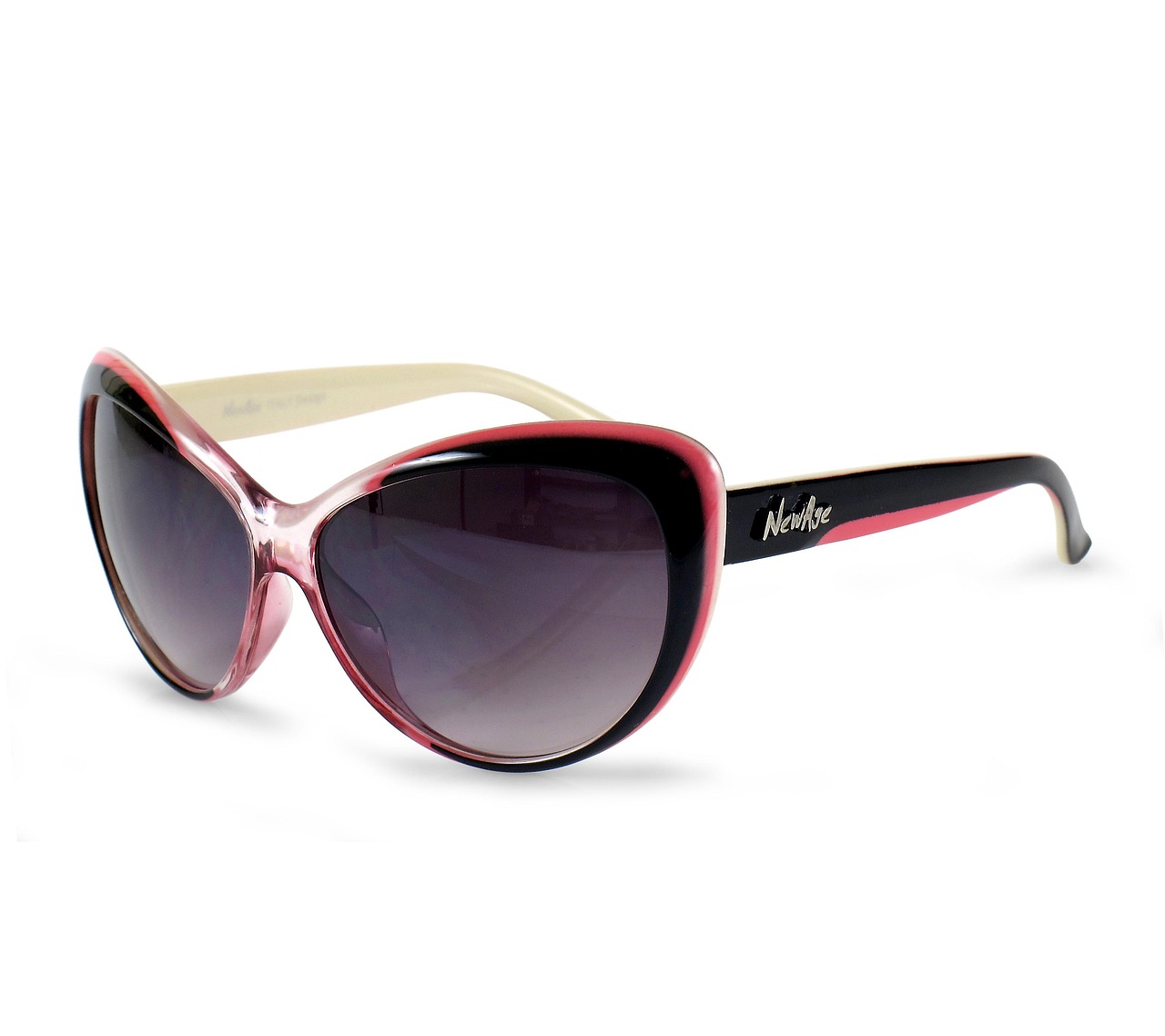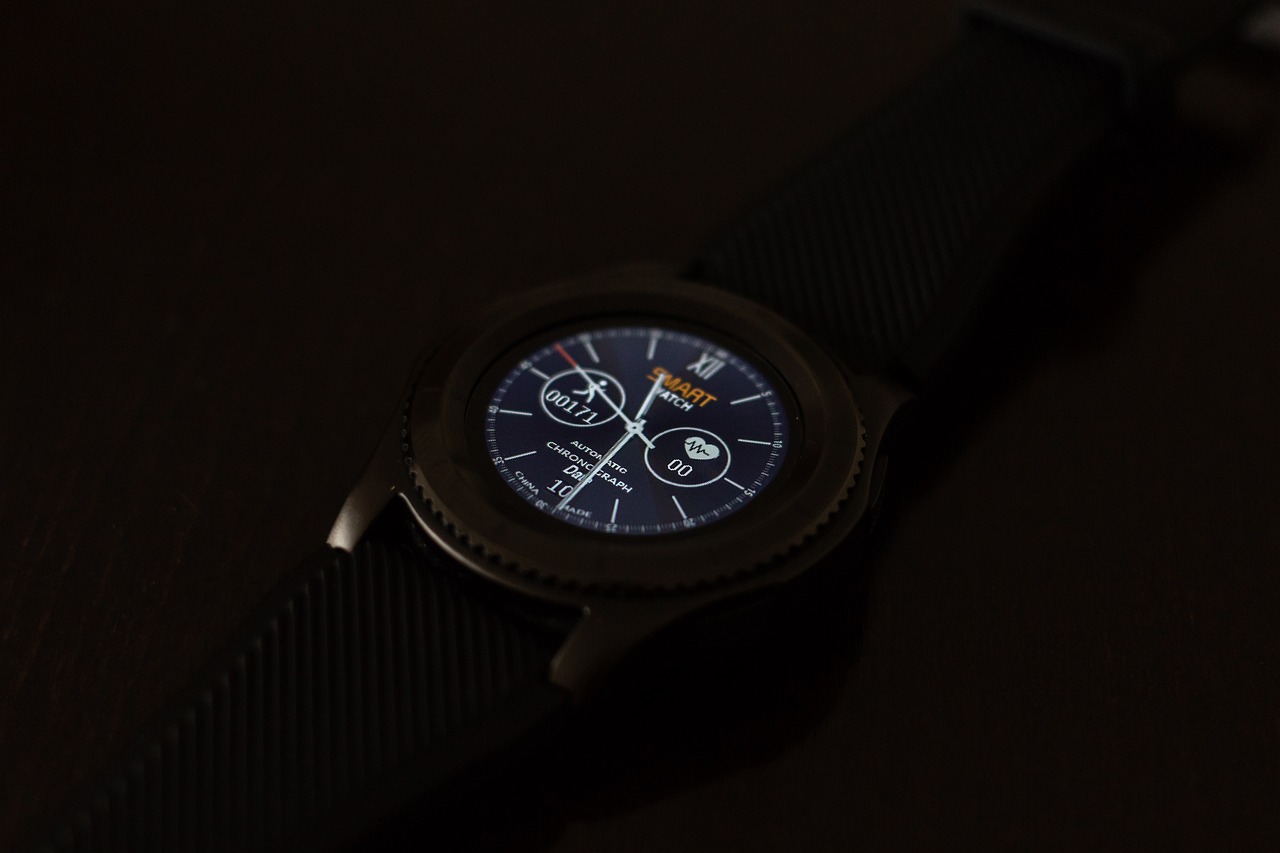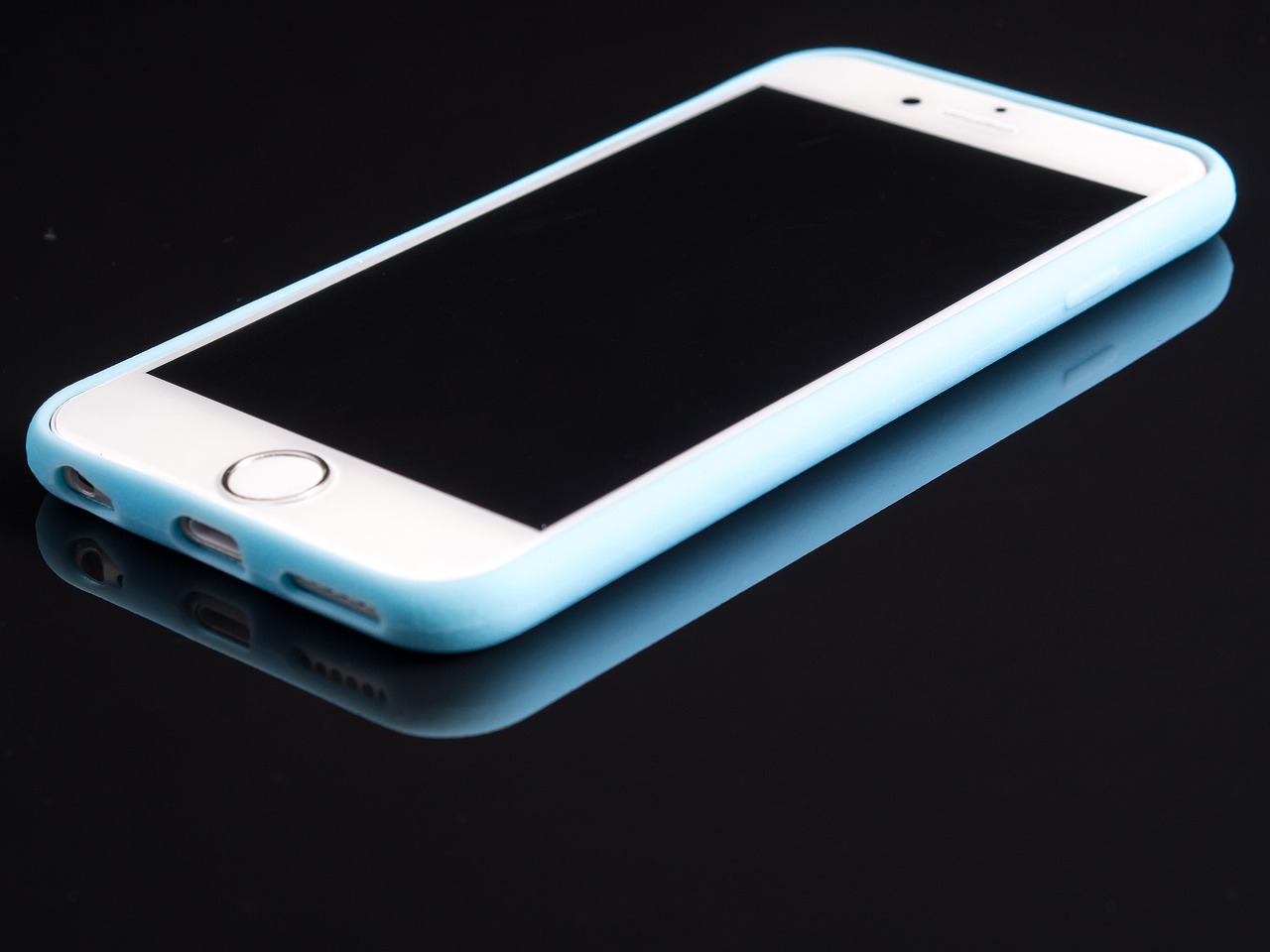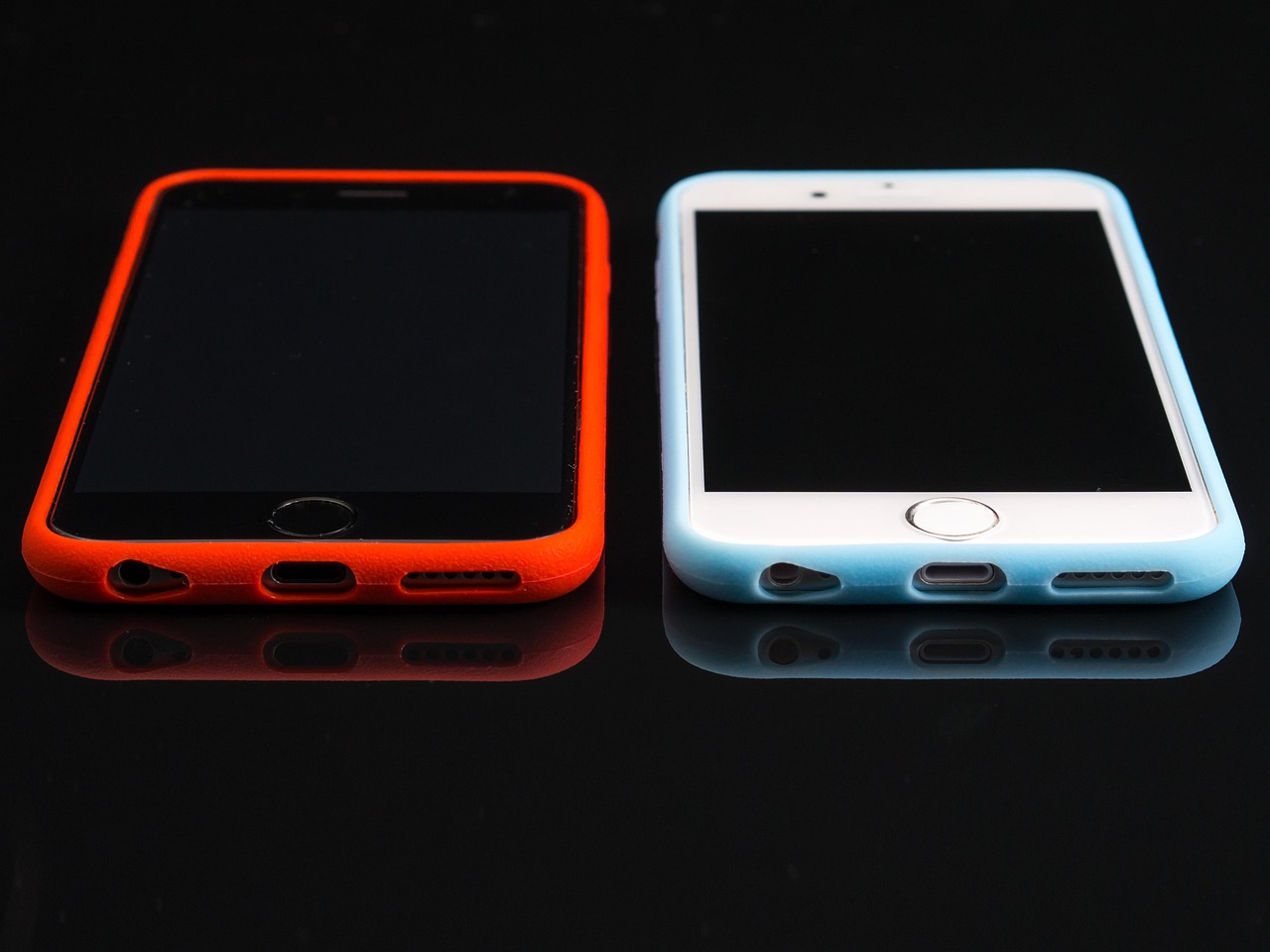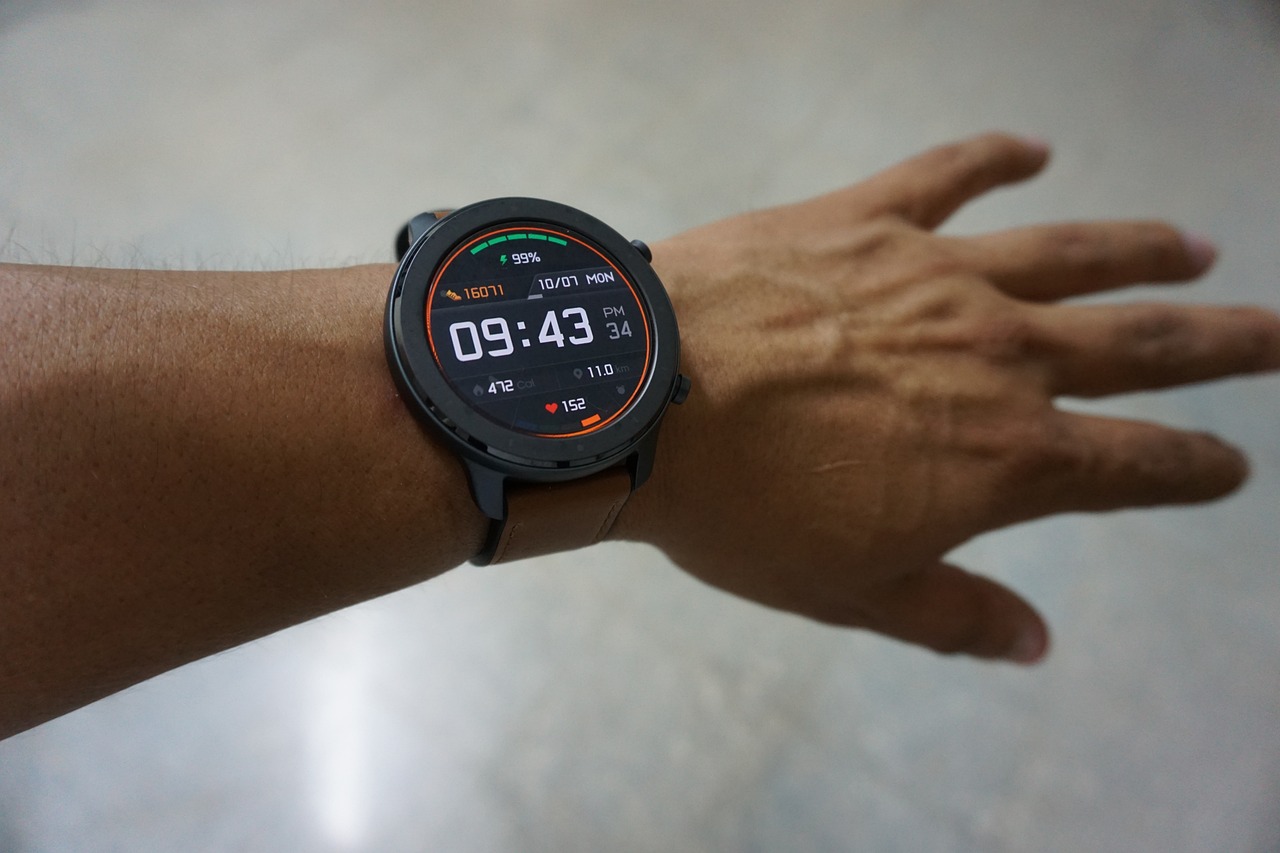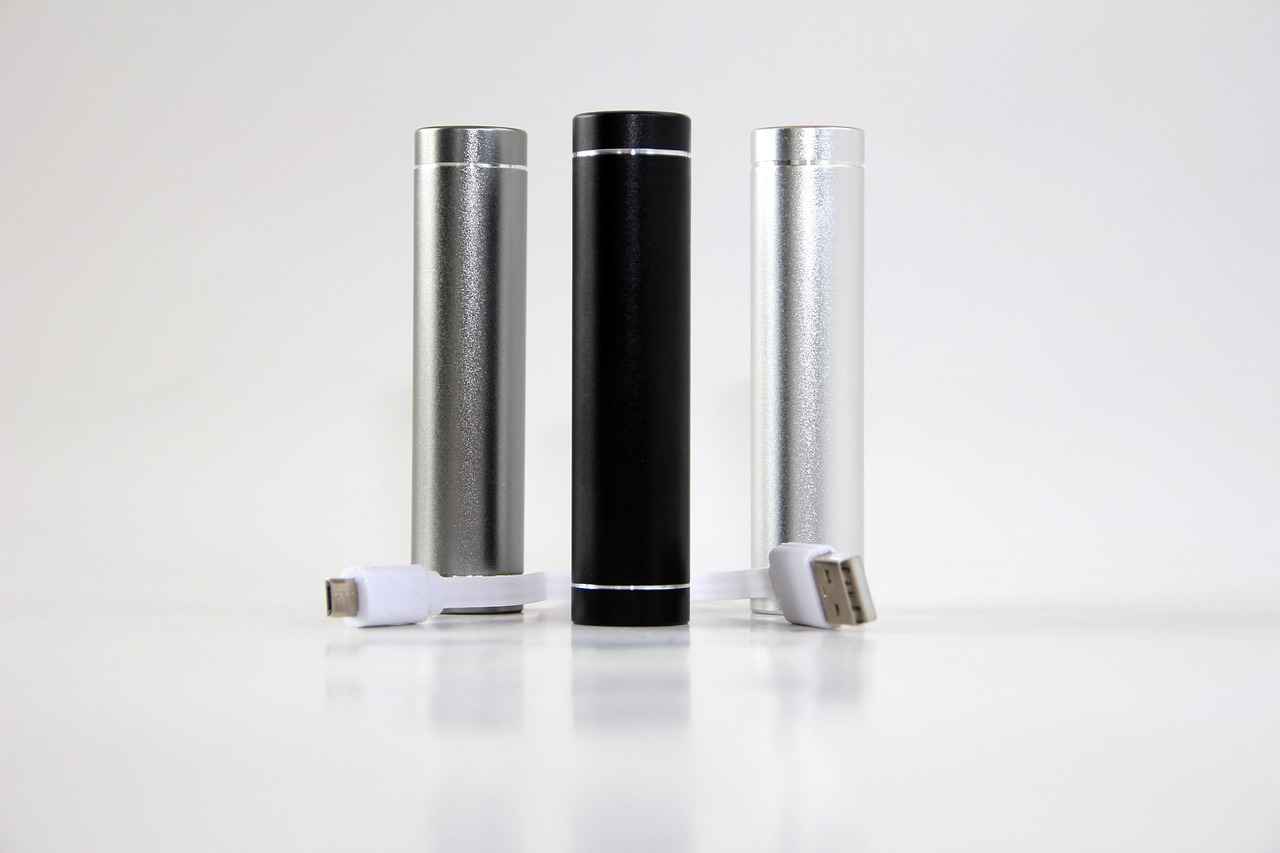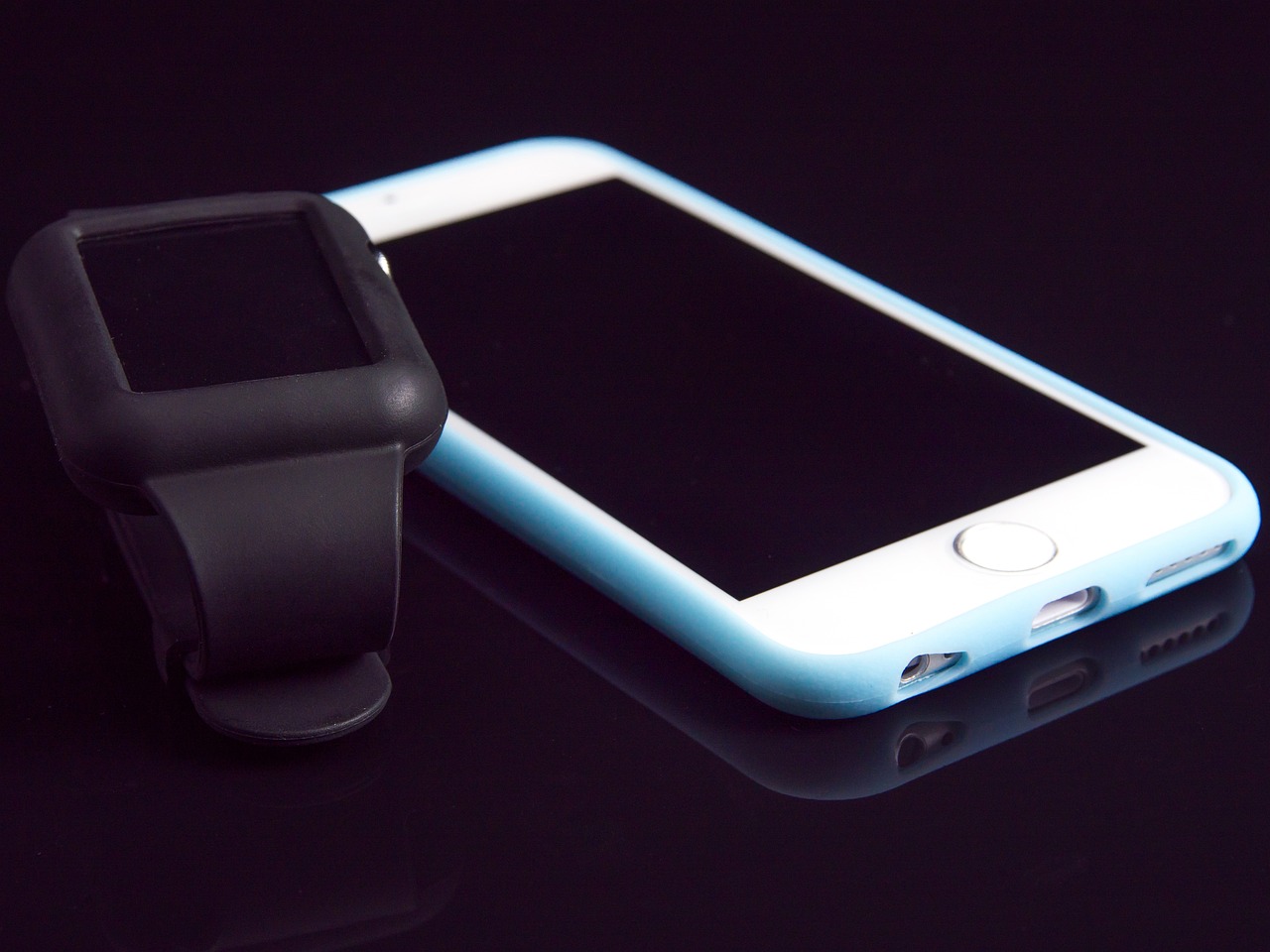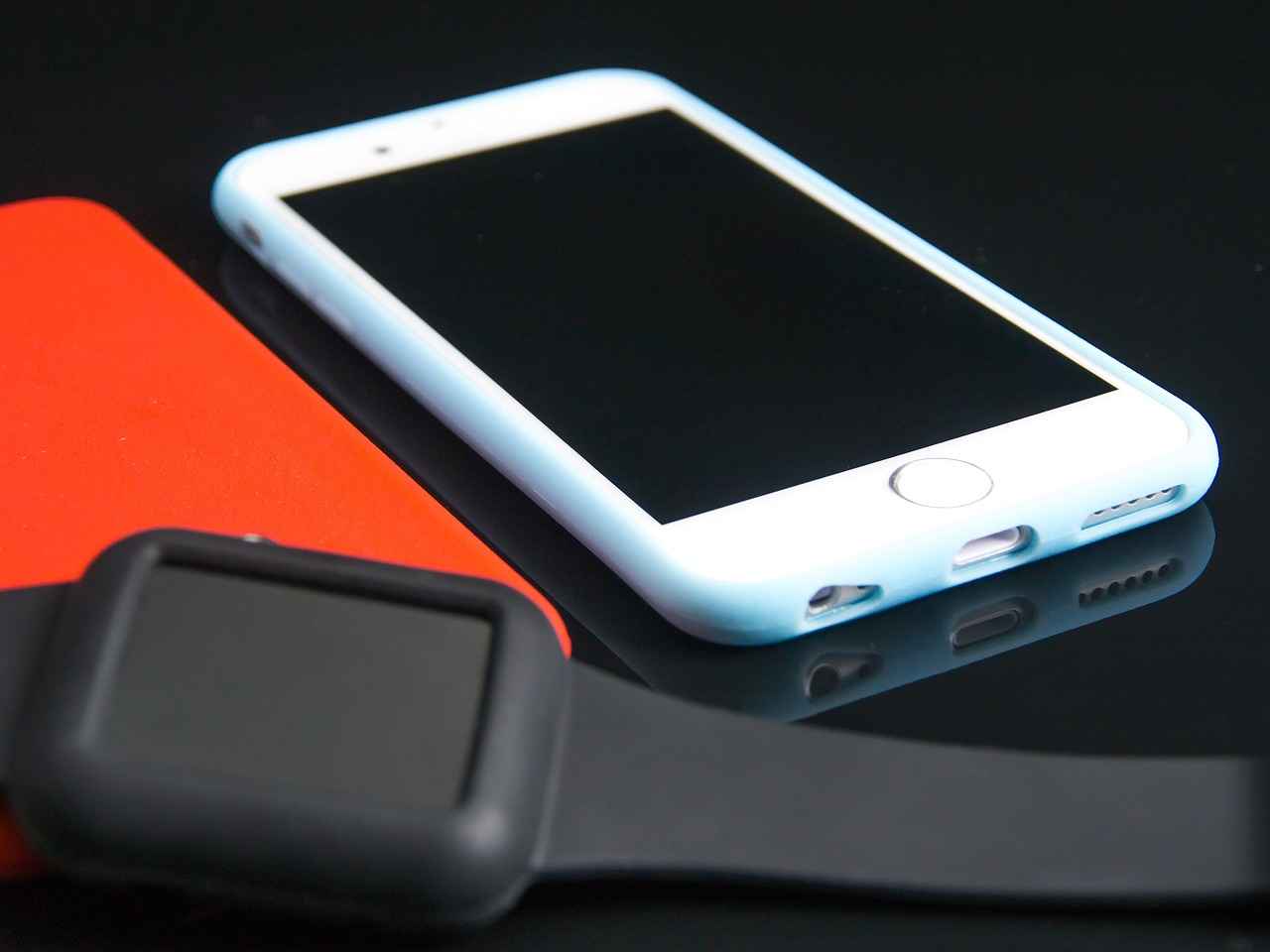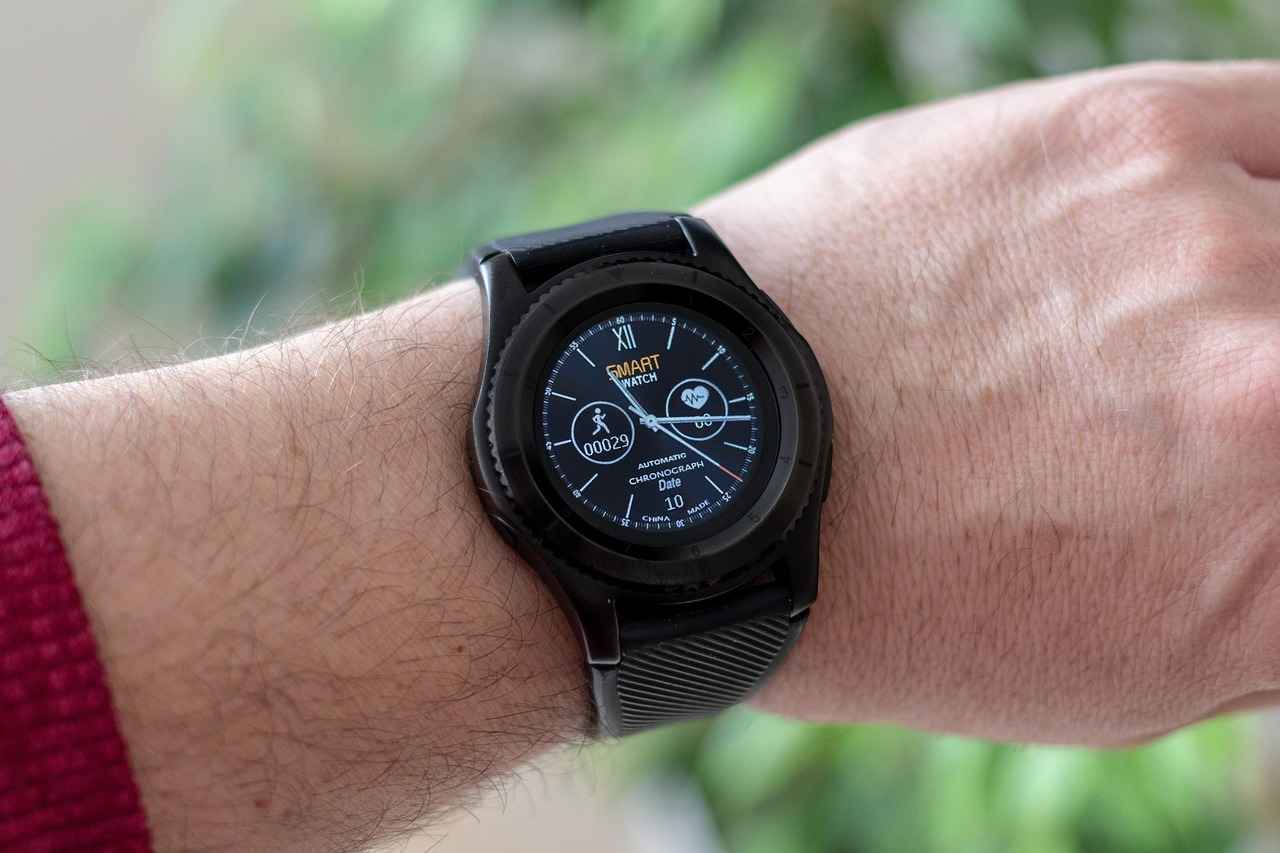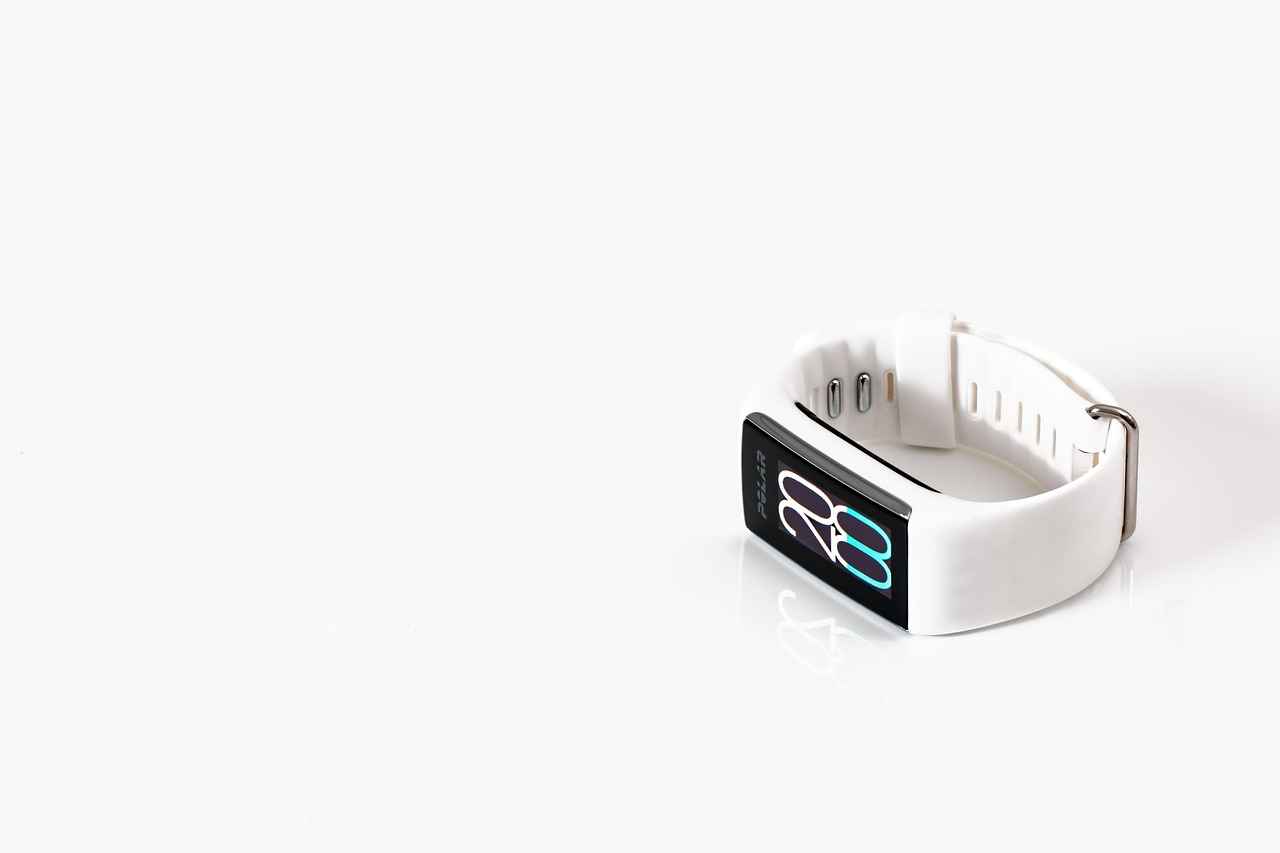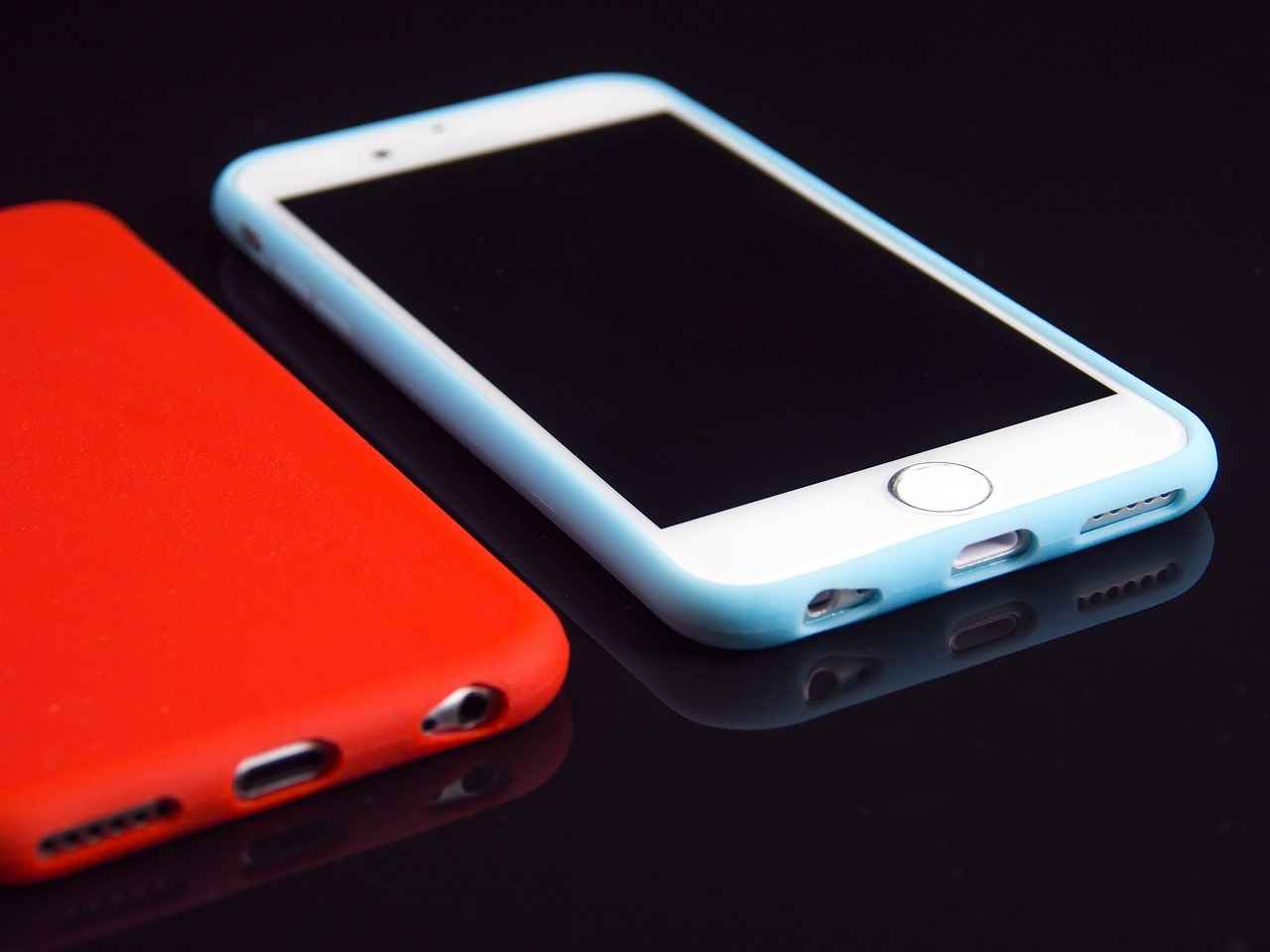This article provides a comprehensive guide on selecting the ideal smart watch tailored to your personal needs, preferences, and lifestyle, ensuring you make an informed decision.
Choosing the right smart watch can significantly enhance your daily routine, but with numerous options available, it can be overwhelming. Understanding the essential features, compatibility, and design aspects is crucial for making a choice that fits seamlessly into your life.
- Understanding Smart Watch Features: Smart watches come equipped with various functionalities such as fitness tracking, notifications, and battery life. Evaluate which features align best with your daily activities and health goals.
- Assessing Compatibility with Your Devices: Ensure that your smart watch works well with your smartphone and other gadgets. This compatibility enhances the overall user experience and allows for smoother integration of apps and notifications.
- Defining Your Primary Use Case: Determine your main reasons for purchasing a smart watch. Whether you need it for fitness, productivity, or communication, identifying your primary use case can help narrow down your options.
- Exploring Fitness and Health Tracking Features: Various health tracking capabilities, such as heart rate monitoring and sleep tracking, are essential for those focused on wellness. These features can support your fitness journey by providing valuable insights.
- Battery Life Considerations: Battery life varies among models. Investigate how your usage patterns can affect battery longevity, ensuring you select a watch that meets your needs without frequent recharging.
- Design and Comfort: The watch’s design and comfort are vital for daily wear. Evaluate styles, materials, and sizes to ensure a fit that suits your aesthetic and feels comfortable on your wrist.
- Price Range and Budgeting: Smart watches are available at various price points. Assess your budget and prioritize features that provide the best value for your investment.
- Brand Reputation and Reviews: Researching brand reputation and customer reviews can provide insights into product reliability. Look for brands with positive feedback and a history of customer satisfaction.
- Future-Proofing Your Purchase: Consider the longevity of your investment by selecting a smart watch that will remain relevant with future software updates and evolving technology trends.
In summary, a well-informed decision when selecting a smart watch requires careful consideration of features, compatibility, and personal preferences. By understanding these elements, you can choose a device that enhances your lifestyle and meets your unique needs.

Understanding Smart Watch Features
In today’s fast-paced world, smart watches have become essential tools that seamlessly integrate into our daily lives. Understanding the various features offered by these devices is crucial for selecting one that aligns with your specific needs. Let’s delve into the key functionalities that smart watches provide.
- Fitness Tracking: Most smart watches come equipped with advanced fitness tracking capabilities, including step counting, calorie tracking, and various workout modes. These features allow users to monitor their physical activity levels and set achievable fitness goals.
- Health Monitoring: Beyond fitness, many smart watches offer health monitoring features such as heart rate tracking, sleep analysis, and even blood oxygen level measurements. These functionalities are vital for those looking to maintain or improve their overall health.
- Notifications: Smart watches can sync with your smartphone to deliver notifications directly to your wrist. This includes alerts for calls, messages, emails, and app notifications, allowing for quick responses without needing to check your phone constantly.
- Battery Life: One of the essential aspects to consider is battery life. Depending on usage, some smart watches can last several days on a single charge, while others may require daily charging. Assess your lifestyle to determine which battery performance will suit you best.
- Customization: Many smart watches offer customizable watch faces and interchangeable bands, enabling users to express their personal style. This feature enhances the overall user experience and makes the device more appealing for everyday wear.
By exploring these essential features, you can better determine which functionalities align with your daily activities and health goals. Whether you prioritize fitness tracking, seamless notifications, or battery longevity, understanding these aspects will help you make an informed decision when selecting the perfect smart watch for your lifestyle.
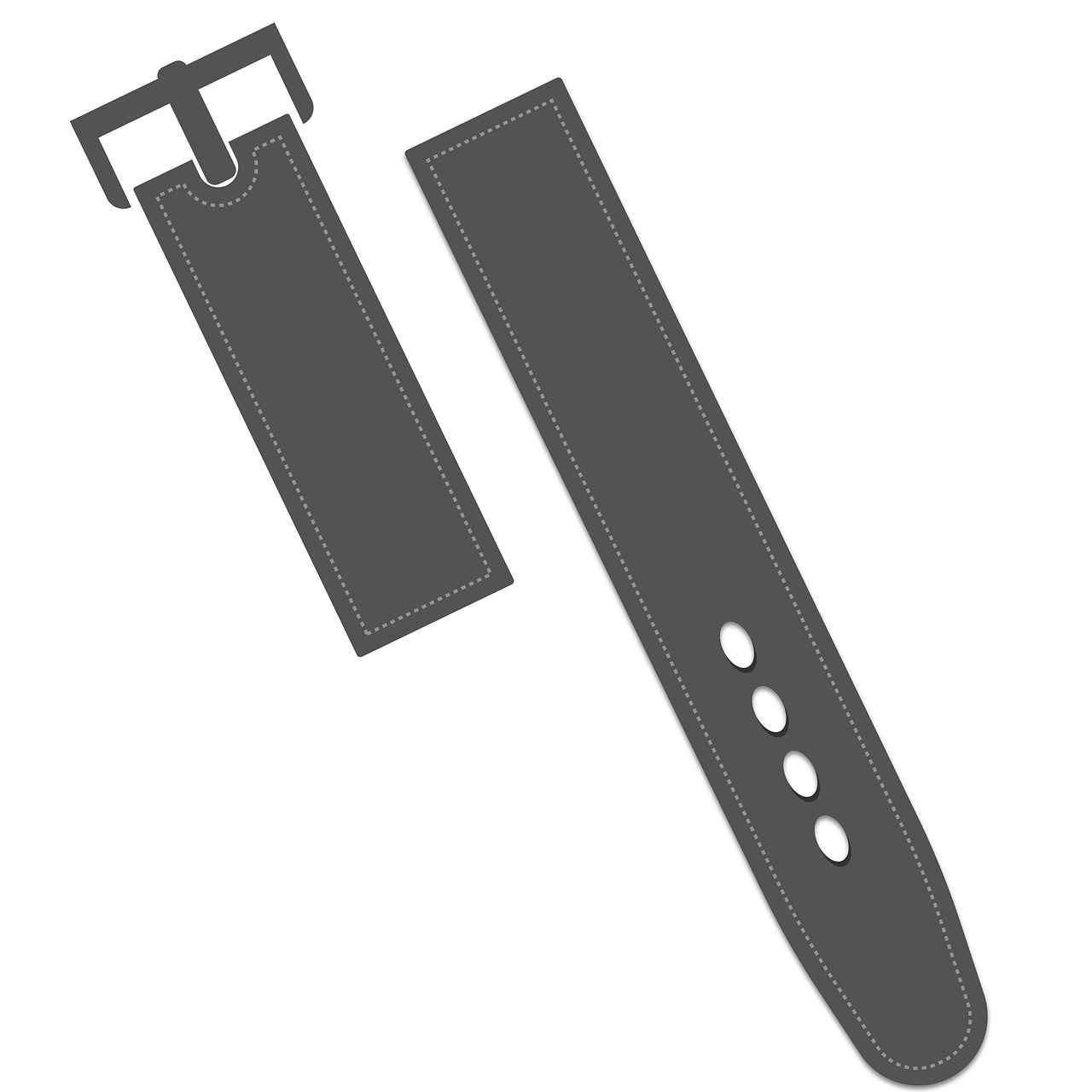
Assessing Compatibility with Your Devices
When selecting a smart watch, compatibility stands out as a critical factor that can significantly influence your overall experience. Ensuring that your new device works seamlessly with your smartphone and other gadgets is essential for maximizing functionality and convenience.
To begin with, it’s important to verify the operating system of your smart watch. Most smart watches are designed to work with specific platforms, such as iOS or Android. For instance, an Apple Watch is optimized for use with iPhones, while many Android-compatible watches will work best with Android smartphones. This initial step can save you from potential frustrations down the line.
Next, consider the connectivity options available on your smart watch. Many devices utilize Bluetooth technology to connect to smartphones, but some also offer Wi-Fi and NFC capabilities for enhanced functionality. Understanding these features will help you leverage your watch’s capabilities, such as receiving notifications, controlling music, or making payments.
Moreover, it’s vital to check for app compatibility. Some smart watches come with pre-installed apps, while others allow you to download additional ones. Ensure that the apps you frequently use are available and work smoothly with your chosen watch. This can include fitness tracking apps, messaging platforms, and more.
Another aspect to consider is integration with other devices. If you own smart home devices or fitness equipment, check if your smart watch can connect and control these gadgets. This integration can create a more cohesive ecosystem, enhancing your overall user experience.
Lastly, read user reviews and expert opinions regarding compatibility issues. Other users often share their experiences, which can provide valuable insights into how well a smart watch pairs with various devices. By taking these steps, you can ensure that your new smart watch not only meets your needs but also enhances your daily life.

Defining Your Primary Use Case
When it comes to choosing a smart watch, one of the most vital steps is . Understanding why you want a smart watch will significantly narrow down your options and help you find the best fit for your lifestyle. Whether your focus is on fitness, productivity, or communication, clarifying your main reasons will guide your decision-making process.
If your primary goal is fitness, consider what specific features will support your health journey. For instance, do you need advanced fitness tracking capabilities such as heart rate monitoring, step counting, or GPS functionality? A smart watch designed for fitness enthusiasts will offer features tailored to help you meet your health goals, including workout tracking and integration with health apps.
On the other hand, if you are looking for a device that enhances your productivity, focus on smart watches that offer robust notification systems, calendar integration, and voice assistant capabilities. These features can help streamline your daily tasks, allowing you to stay organized and efficient. A watch with good battery life and seamless connectivity with your smartphone will be particularly beneficial for this use case.
For those who prioritize communication, look for smart watches that facilitate easy access to messages, calls, and social media notifications. Features such as a built-in microphone and speaker can enhance your communication experience, allowing you to respond to messages or take calls without reaching for your phone.
- Fitness: Consider features like heart rate monitoring and GPS.
- Productivity: Look for notification systems and calendar integrations.
- Communication: Ensure easy access to messages and calls.
By clearly identifying your primary use case, you can make a more informed decision when selecting a smart watch that aligns with your needs and enhances your daily life.

Exploring Fitness and Health Tracking Features
Smart watches have revolutionized the way we monitor our health and fitness, providing a plethora of features designed to assist you on your wellness journey. With advancements in technology, these devices now offer comprehensive tracking capabilities that go beyond simple timekeeping.
- Heart Rate Monitoring: One of the standout features of modern smart watches is continuous heart rate monitoring. This functionality allows you to track your heart rate throughout the day, providing insights into your resting heart rate, exercise intensity, and overall cardiovascular health. Maintaining an optimal heart rate during workouts can enhance your performance and help you achieve your fitness goals.
- Sleep Tracking: Quality sleep is crucial for overall well-being, and many smart watches come equipped with advanced sleep tracking technology. By analyzing your sleep patterns, these devices can provide valuable feedback on your sleep quality, duration, and stages of sleep. Understanding your sleep habits can help you make necessary adjustments for better rest and recovery.
- Activity Tracking: Smart watches can automatically detect various physical activities, from walking and running to cycling and swimming. This activity tracking feature monitors your movement throughout the day, encouraging you to stay active and reach your daily goals.
- Calorie Tracking: Keeping an eye on your caloric intake and expenditure is vital for weight management. Many smart watches can estimate the number of calories burned during different activities, helping you make informed dietary choices.
- Stress Monitoring: Some smart watches also feature stress monitoring capabilities, assessing your heart rate variability and offering relaxation techniques to help you manage stress effectively.
By leveraging these fitness and health tracking features, smart watches empower you to take control of your health journey. Whether you’re aiming to enhance your fitness routine or simply monitor your well-being, these devices provide the tools necessary for informed decision-making and improved health outcomes.
GPS Functionality
For outdoor enthusiasts, GPS tracking is not just a luxury; it is an essential tool that can significantly enhance your experience. Whether you are running, cycling, or hiking, having access to accurate location data can transform your activities in several ways.
One of the primary benefits of built-in GPS is the ability to track your route and distance with precision. This feature allows you to analyze your performance over time, helping you set realistic goals and monitor your progress. For instance, runners can benefit from knowing exactly how far they have traveled, while cyclists can measure their speed and efficiency on different terrains.
Moreover, GPS functionality enhances safety. In unfamiliar areas, knowing your exact location can be crucial. Many smart watches equipped with GPS also offer navigation features, providing turn-by-turn directions directly on your wrist. This means you can explore new trails or roads without the fear of getting lost.
Additionally, GPS tracking can be integrated with various fitness apps, allowing you to share your routes and achievements with friends or the broader community. Many platforms also allow users to discover popular trails or routes, making it easier to find new adventures.
For those who enjoy competitive sports, GPS data can be invaluable. It enables you to compare your performance against others, participate in challenges, and even join virtual races. This competitive edge can motivate you to push your limits and improve your skills.
In summary, incorporating GPS functionality into your outdoor activities not only enhances your experience but also adds a layer of safety and community engagement. Whether you are a seasoned athlete or a casual adventurer, investing in a smart watch with robust GPS capabilities can elevate your outdoor pursuits.
Heart Rate Monitoring
Heart rate monitoring has become an essential feature in modern smart watches, playing a crucial role in maintaining and enhancing your overall fitness levels. By continuously tracking your heart rate, these devices provide valuable insights into your physical condition during workouts and daily activities.
Why Continuous Heart Rate Tracking Matters
Understanding your heart rate can help you optimize your workouts and achieve your fitness goals more effectively. Continuous heart rate monitoring allows you to:
- Gauge Exercise Intensity: By monitoring your heart rate, you can determine whether you are exercising within your target heart rate zone, which is vital for maximizing fat burning and improving cardiovascular fitness.
- Monitor Recovery: Tracking your heart rate post-exercise helps you understand how quickly your body recovers, indicating your fitness level and overall health.
- Prevent Overtraining: Keeping an eye on your heart rate can help prevent overtraining, which can lead to fatigue and injury. Recognizing when your heart rate remains elevated during rest can signal the need for a break.
Heart Rate Variability and Health Insights
Beyond just tracking your heart rate, many smart watches also measure heart rate variability (HRV). This metric provides insight into your autonomic nervous system, which can reflect your stress levels and recovery status. A higher HRV typically indicates better cardiovascular health and resilience to stress.
Integration with Fitness Goals
When combined with other fitness metrics, such as steps taken, calories burned, and sleep quality, heart rate data can give you a comprehensive view of your health. This integration can help you set realistic fitness goals and track your progress over time.
Incorporating heart rate monitoring into your daily routine, whether during intense workouts or while engaging in everyday activities, can significantly enhance your fitness journey. By understanding and leveraging this technology, you can make informed decisions that support your health and wellness objectives.

Battery Life Considerations
Battery life is one of the most crucial factors to consider when selecting a smart watch, as it directly impacts your overall user experience. Different models offer varying levels of battery longevity, which can significantly affect how frequently you need to recharge your device. Understanding how usage patterns influence battery performance can help you choose a watch that aligns with your lifestyle.
Typically, smart watches equipped with advanced features such as GPS tracking, heart rate monitoring, and always-on displays tend to consume more power. For instance, if you frequently use your watch for fitness tracking during workouts, you may find that the battery drains faster than if you primarily use it for notifications and timekeeping. Therefore, assessing your daily activities and how you intend to use your watch is essential. Here are some common usage scenarios:
- Fitness Enthusiasts: If you regularly track workouts, opt for a model with a larger battery capacity or one that offers battery-saving modes.
- Casual Users: If you mainly use your watch for notifications and occasional fitness tracking, a device with moderate battery life may suffice.
- Outdoor Adventurers: For those who rely on GPS for hiking or cycling, consider watches designed for extended outdoor use, which often feature energy-efficient technologies.
Moreover, many smart watches now offer power-saving modes that can extend battery life significantly. These modes typically limit background activity and reduce screen brightness, allowing you to maximize usage between charges. It’s also wise to consider the charging speed; some models offer rapid charging options, which can be a lifesaver for those on the go.
Ultimately, the key is to find a balance between the features you need and the battery life you require. By carefully evaluating your usage patterns and preferences, you can select a smart watch that minimizes the hassle of frequent charging while still providing the functionality you desire.

Design and Comfort
The design and comfort of a smart watch are crucial factors for anyone considering daily wear. A smart watch is not just a gadget; it is an accessory that reflects your personal style while providing essential functionalities. Therefore, it’s important to evaluate various aspects to ensure that your chosen device fits both your aesthetic and your lifestyle.
Evaluating Styles
- Sporty: Ideal for fitness enthusiasts, these watches often feature rugged designs and vibrant colors.
- Classic: These watches typically have a more traditional look, often resembling analog watches, and are suitable for formal occasions.
- Fashion-forward: Designed to make a statement, these smart watches often incorporate unique materials and innovative designs.
Materials Matter
The materials used in the construction of a smart watch can significantly impact its comfort and durability. Common materials include:
- Silicone: Lightweight and flexible, perfect for sports and outdoor activities.
- Stainless Steel: Offers a sleek look and durability, suitable for both casual and formal settings.
- Leather: Provides a classic aesthetic but may require more care to maintain its appearance.
Finding the Right Size
Size is another critical consideration. Smart watches come in various sizes to accommodate different wrist sizes. A watch that is too large may feel cumbersome, while one that is too small may not provide a proper fit. It’s advisable to try on different sizes to find one that feels comfortable and secure.
Personal Aesthetic
Ultimately, the best smart watch is one that complements your personal style. Whether you prefer a minimalist look or something more elaborate, there is a smart watch that can meet your needs. Ensure that the design resonates with your individuality and aligns with your lifestyle for a watch that you will love to wear every day.
Strap Options
When selecting a smart watch, the are a critical aspect that can greatly influence your overall experience. The right strap not only enhances the watch’s aesthetic appeal but also plays a significant role in comfort and durability.
There are several materials available for smart watch straps, each offering unique benefits:
- Silicone: This is a popular choice for fitness enthusiasts due to its lightweight and water-resistant properties. It provides a comfortable fit during workouts and is easy to clean.
- Leather: For those who prefer a more classic look, leather straps add a touch of elegance. They are suitable for both casual and formal occasions but may require more care to maintain their appearance.
- Metal: Metal straps, such as stainless steel, offer durability and a sophisticated style. They are ideal for professional settings but can be heavier compared to other materials.
- Nylon: This material is breathable and lightweight, making it perfect for active lifestyles. Nylon straps are often adjustable, providing a customizable fit.
In addition to material, the style of the strap can also impact your experience. Here are some popular styles to consider:
- Sport Bands: Designed for active individuals, these bands are made for durability and comfort during physical activities.
- Classic Buckle: A timeless design that offers a secure fit, suitable for everyday wear.
- Magnetic Bands: These bands provide a unique closure system that allows for easy adjustments and a snug fit.
Ultimately, the choice of strap should reflect your personal taste and lifestyle. Whether you prioritize comfort during workouts or a stylish look for daily wear, there is a strap option available to meet your needs. Take the time to explore various materials and styles to find the perfect match for your smart watch, ensuring it complements both your functionality requirements and aesthetic preferences.
Display Quality
A high-quality display is essential for enhancing usability and overall user experience in smart watches. The clarity, brightness, and responsiveness of a watch’s screen can significantly impact how users interact with their devices in various environments.
There are several types of display technologies commonly used in smart watches:
- LCD (Liquid Crystal Display): Known for its vibrant colors and sharp images, LCD screens are widely used. However, they may struggle in direct sunlight, affecting visibility.
- OLED (Organic Light Emitting Diode): Offering deeper blacks and better contrast, OLED displays are excellent for outdoor visibility. Each pixel emits its own light, making them more energy-efficient.
- AMOLED (Active Matrix OLED): A variant of OLED, AMOLED displays provide even better performance in bright conditions and are often found in high-end smart watches.
When considering a smart watch, visibility in different lighting conditions is crucial. For instance, if you plan to use your watch outdoors frequently, opt for a model with an AMOLED display that can maintain clarity under bright sunlight. Conversely, if indoor use is more common, an LCD may suffice.
Another factor to consider is touch responsiveness. A display that is quick to respond to taps and swipes enhances user interaction, making it easier to navigate apps and notifications. Look for watches that offer a smooth touch experience, as this can significantly improve usability.
Finally, consider the screen size and resolution. A larger display with higher resolution not only improves readability but also allows for more information to be displayed at once, making it easier to track fitness metrics or respond to messages quickly.
In summary, understanding the different display technologies and their impacts on usability will help you choose a smart watch that meets your needs and enhances your daily interactions.
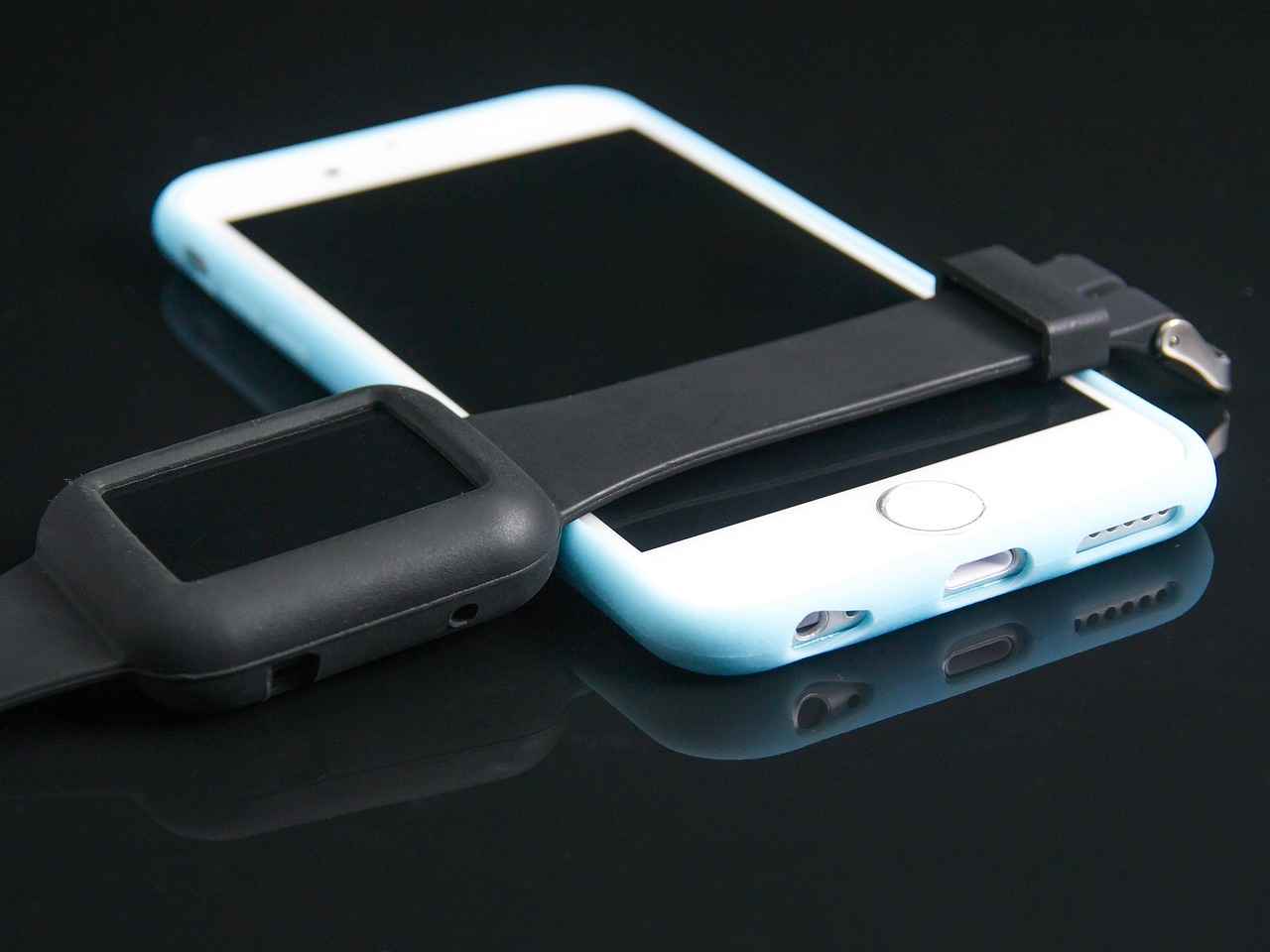
Price Range and Budgeting
When it comes to choosing a smart watch, price range and budgeting play a crucial role in your decision-making process. Smart watches are available at various price points, from budget-friendly options to high-end models packed with advanced features. Understanding your financial limits is essential to ensure you get the best value for your money.
Begin by assessing your budget. Consider how much you are willing to spend without compromising on quality. While it might be tempting to opt for the cheapest option, investing a little more can often yield significant benefits in terms of durability, features, and overall user experience. A well-rounded smart watch can enhance your daily activities, whether you need it for fitness tracking, notifications, or other functionalities.
Next, identify the features that are most important to you. For instance, if you are a fitness enthusiast, you might want to prioritize models with robust health tracking capabilities, such as heart rate monitoring, GPS functionality, and sleep tracking. On the other hand, if you primarily need a smart watch for notifications and basic app usage, a more affordable model may suffice.
To help you navigate the options, consider creating a list of desired features and comparing different models within your budget. This will not only help you focus on what’s essential but also make it easier to identify watches that offer the best bang for your buck.
Lastly, don’t forget to factor in potential ongoing costs, such as subscription services for health monitoring or app functionalities. By thoroughly evaluating your budget and the features that matter most, you can confidently choose a smart watch that fits your lifestyle and financial situation.

Brand Reputation and Reviews
When it comes to selecting a smart watch, brand reputation and customer reviews play a pivotal role in guiding your decision. Understanding how to evaluate these factors can significantly enhance your purchasing experience. By delving into the experiences of other users and the credibility of the brand, you can make a more informed choice.
Why Brand Reputation Matters
A reputable brand often signifies quality and reliability. Established brands typically have a history of delivering high-quality products and excellent customer service. Researching a brand’s reputation involves looking at its longevity in the market, customer loyalty, and overall brand values. Brands that prioritize customer satisfaction are more likely to provide a positive user experience.
How to Evaluate Customer Reviews
- Look for Patterns: Analyze multiple reviews to identify common themes regarding performance, durability, and customer support.
- Consider the Source: Reviews from verified purchasers or expert reviewers can provide more reliable insights than random online comments.
- Balance Positive and Negative Feedback: While positive reviews are encouraging, negative feedback can reveal potential issues that may affect your experience.
Utilizing Review Aggregators
Websites that compile customer reviews can be invaluable resources. They often provide a comprehensive overview of user experiences and ratings across different platforms. This can help you gauge the overall sentiment towards a brand or specific model.
Checking for Recalls and Issues
Investigating whether a brand has faced product recalls or significant issues can also inform your decision. A history of recalls might indicate quality control problems that could affect your satisfaction with the product.
In summary, taking the time to research brand reputation and customer reviews can provide you with essential insights into product reliability and customer satisfaction. This knowledge empowers you to make an informed choice that aligns with your needs and expectations.
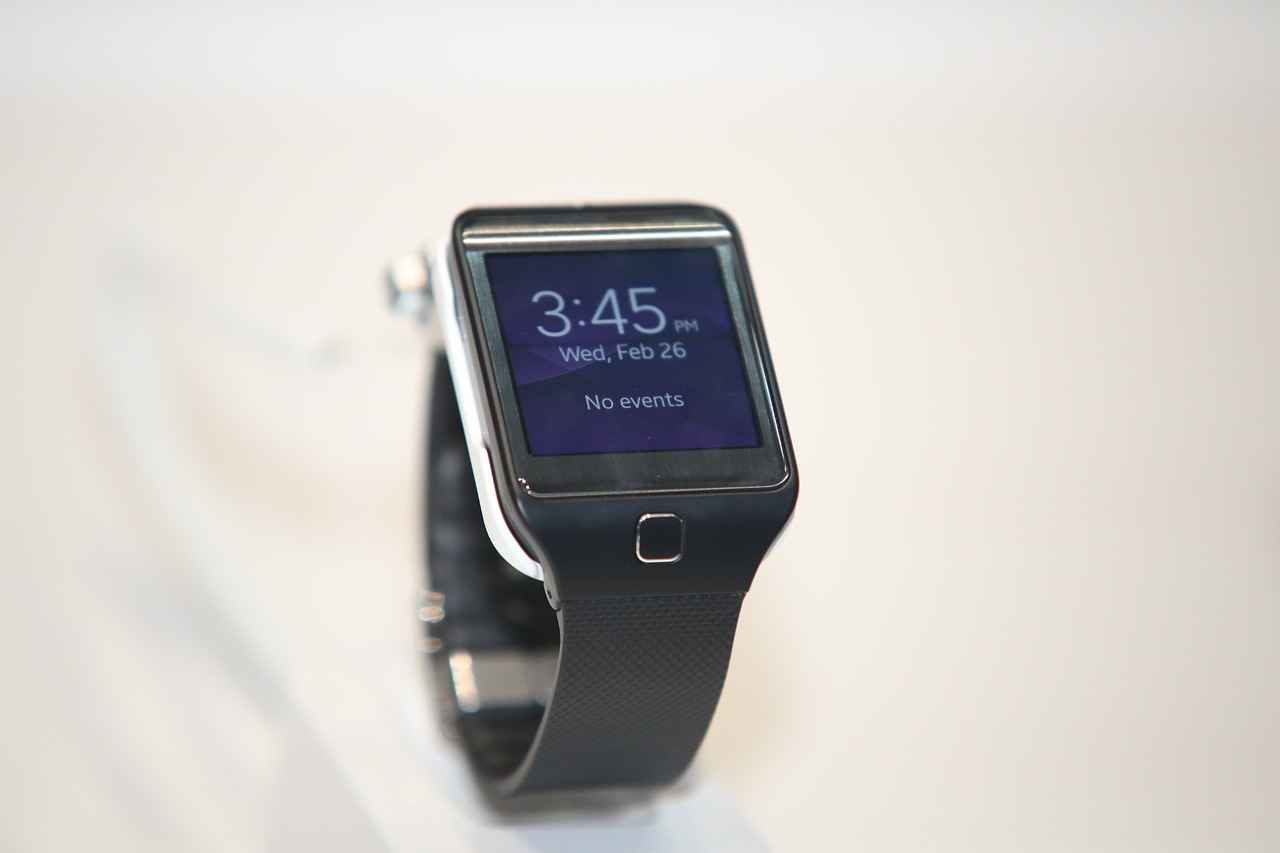
Future-Proofing Your Purchase
is an essential consideration when investing in a smart watch. As technology rapidly evolves, the smart watch you choose today should remain relevant and functional for years to come. Here are some key factors to consider:
- Software Updates: Opt for brands that are known for providing regular software updates. This ensures your device receives the latest features and security enhancements, keeping it in line with current technology trends.
- Compatibility: Ensure that the smart watch you select is compatible with the latest versions of operating systems on your smartphone. This will help you avoid obsolescence as your phone and other connected devices evolve.
- Expandable Features: Look for watches that offer expandable features through apps or additional hardware. This flexibility allows you to customize your device as new applications and technologies emerge.
- Community and Support: Choose a smart watch from a brand that has a strong community and support system. Active user forums and customer service can help you troubleshoot issues and discover new uses for your device.
Additionally, consider the design and build quality of the watch. A durable construction not only enhances longevity but also ensures that the watch can withstand the test of time, both in terms of style and functionality. A classic design may also remain appealing as trends change.
Lastly, consider the ecosystem surrounding the smart watch. Brands that offer a range of interconnected devices can enhance your overall experience, making it easier to integrate your smart watch into your daily life seamlessly. By taking these factors into account, you can make a more informed decision that aligns with your long-term needs and preferences.
Frequently Asked Questions
- What features should I look for in a smart watch?
When choosing a smart watch, consider features like fitness tracking, notifications, battery life, and compatibility with your devices. These elements will help ensure the watch aligns with your daily activities and health goals.
- How do I know if a smart watch is compatible with my smartphone?
Check the manufacturer’s specifications to see which operating systems the smart watch supports. Most smart watches are compatible with either iOS or Android, but some may work with both. Ensuring compatibility is crucial for a seamless experience.
- What is the importance of GPS functionality in a smart watch?
If you’re into outdoor activities like running or cycling, GPS functionality is essential. It provides accurate location tracking and can enhance your experience by allowing you to track your routes and distances effectively.
- How does battery life affect my usage of a smart watch?
Battery life varies by model and usage patterns. If you use features like GPS or heart rate monitoring frequently, you may need to charge your watch more often. Look for a model with a battery life that fits your lifestyle to avoid constant recharging.
- What should I consider regarding the design of a smart watch?
Design and comfort are key! Consider the style, materials, and size of the watch. It should not only look good but also feel comfortable for daily wear, so you’re more likely to use it regularly.
- How can I ensure I’m making a wise investment in a smart watch?
Research brand reputation, read customer reviews, and assess the features that are most important to you. This can help you choose a smart watch that will remain relevant and functional for years to come.

